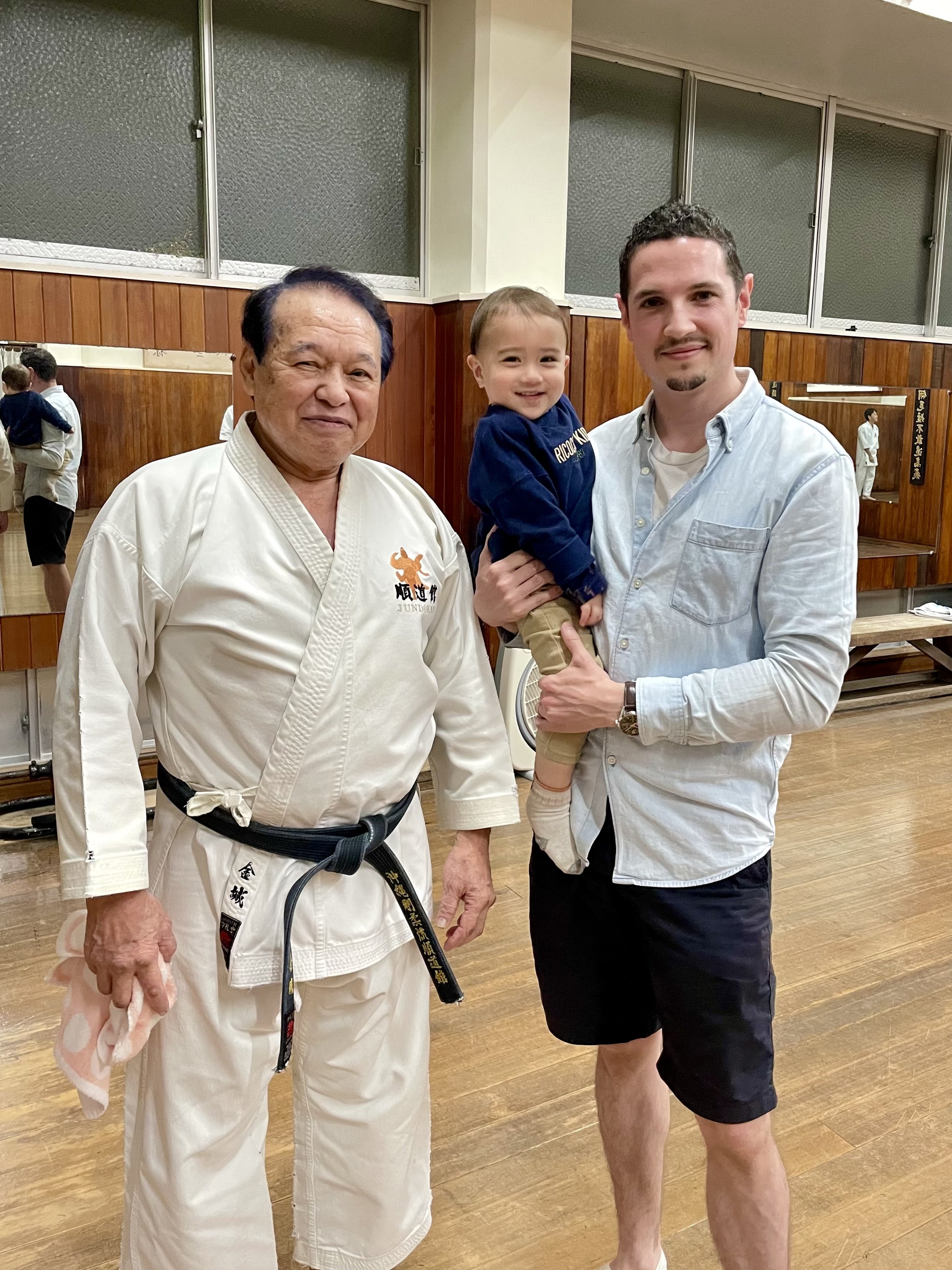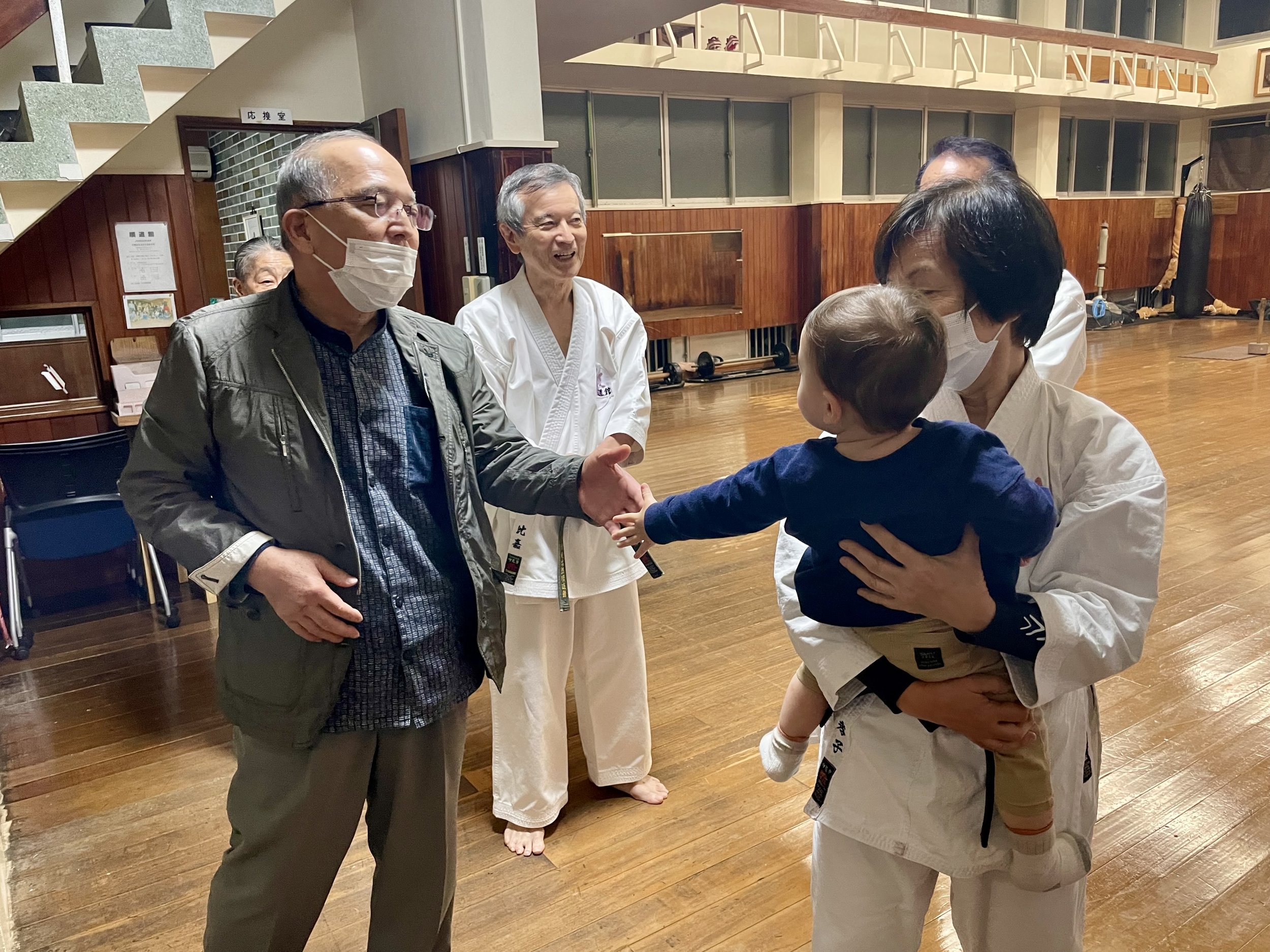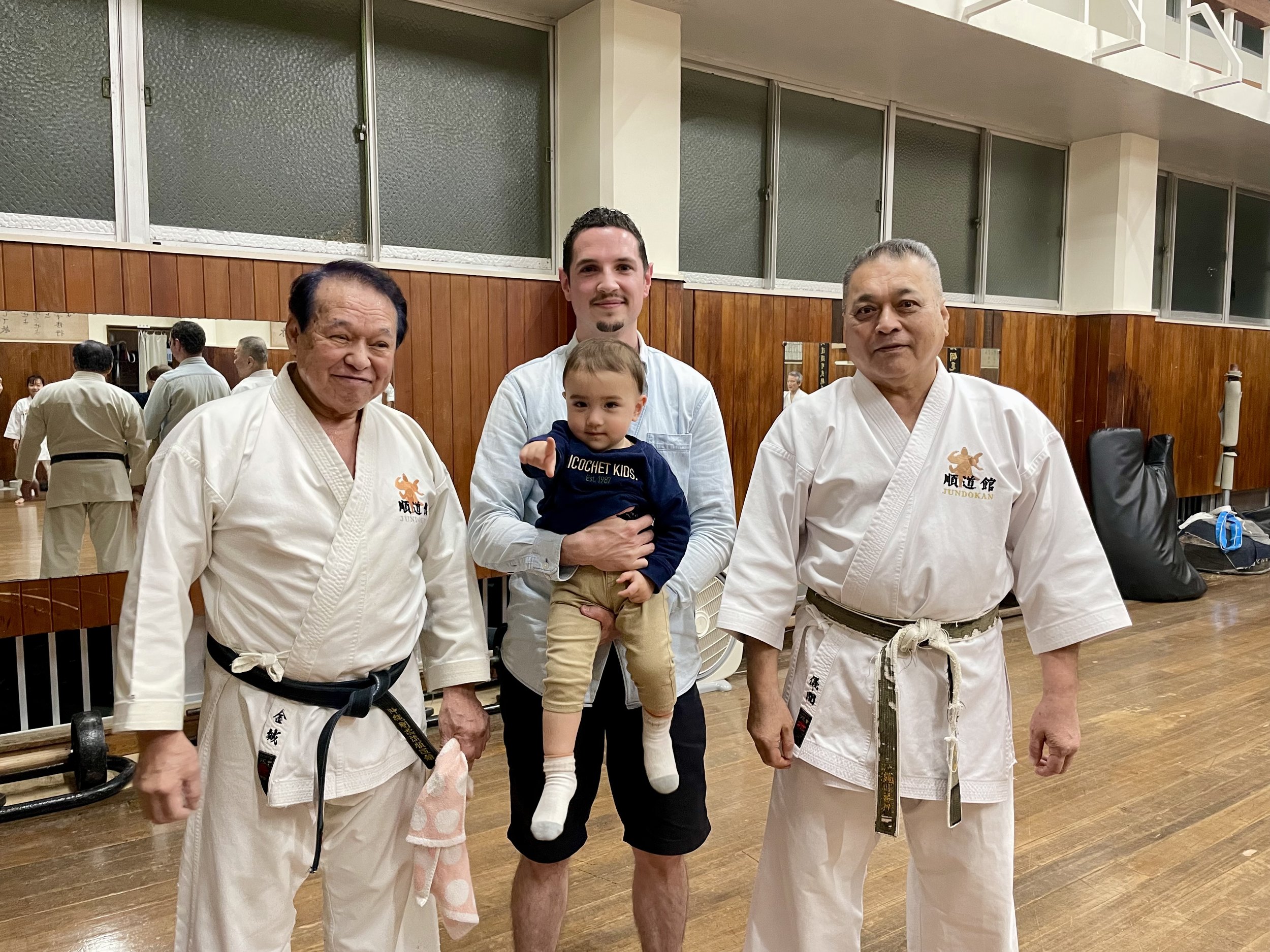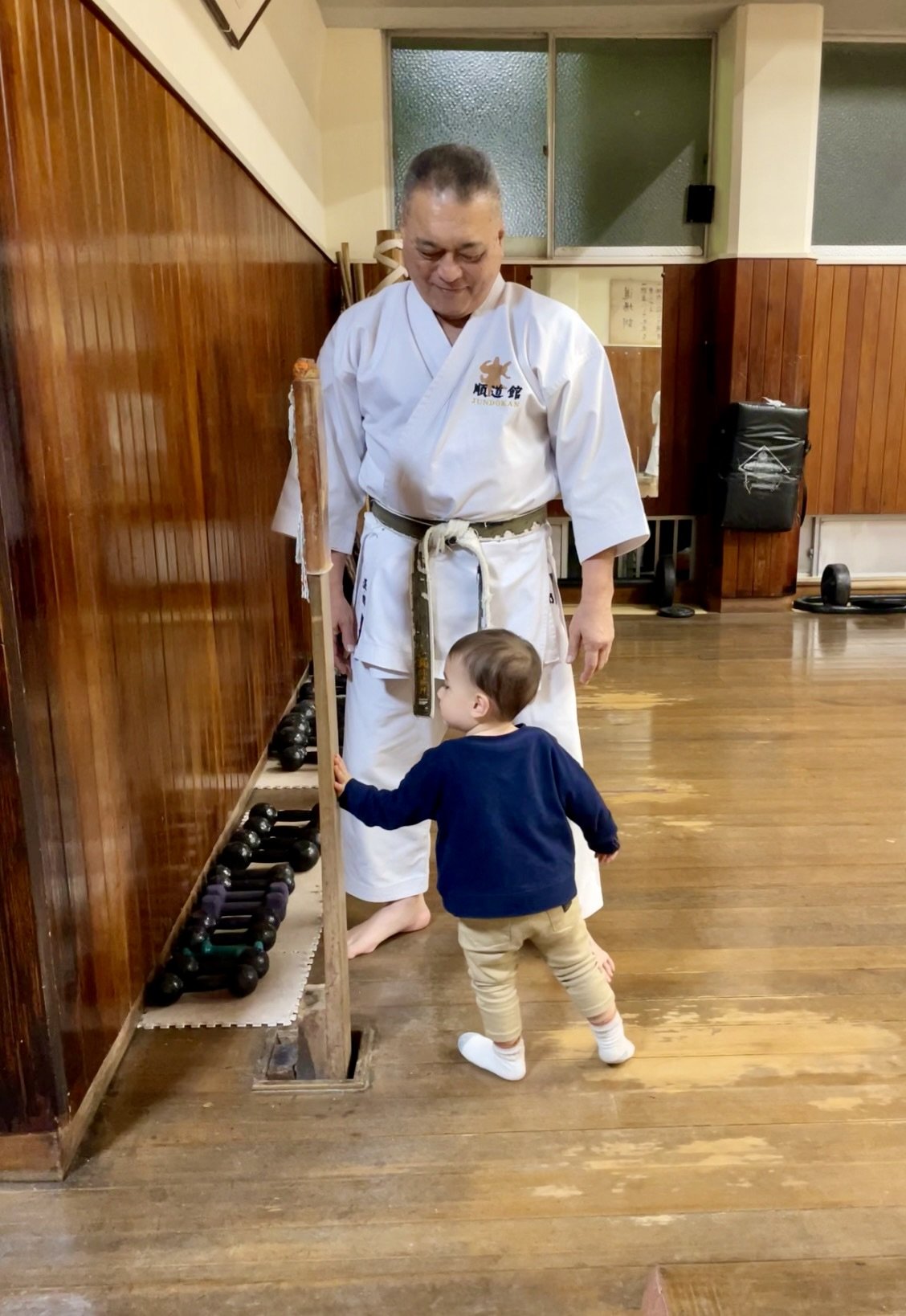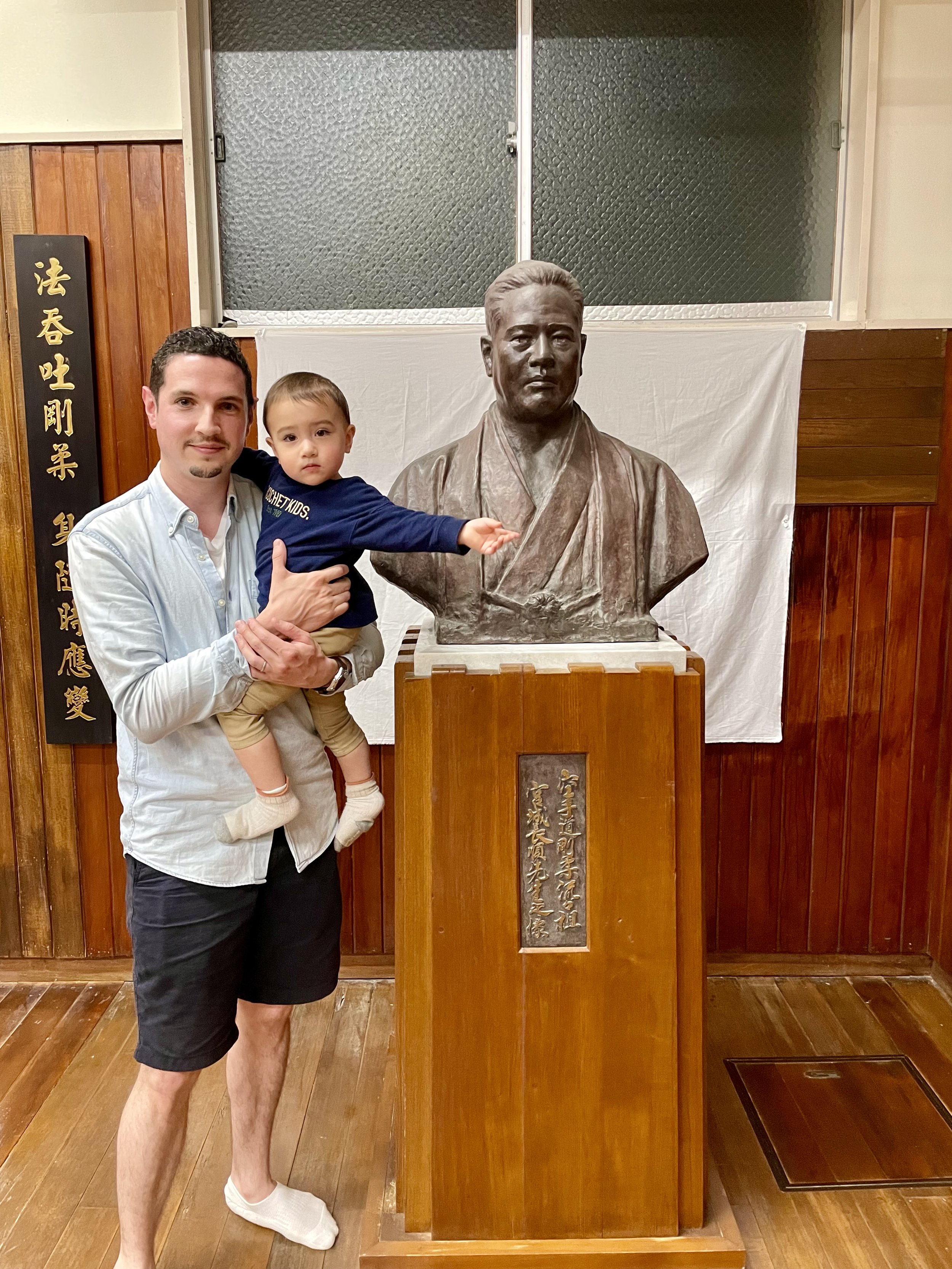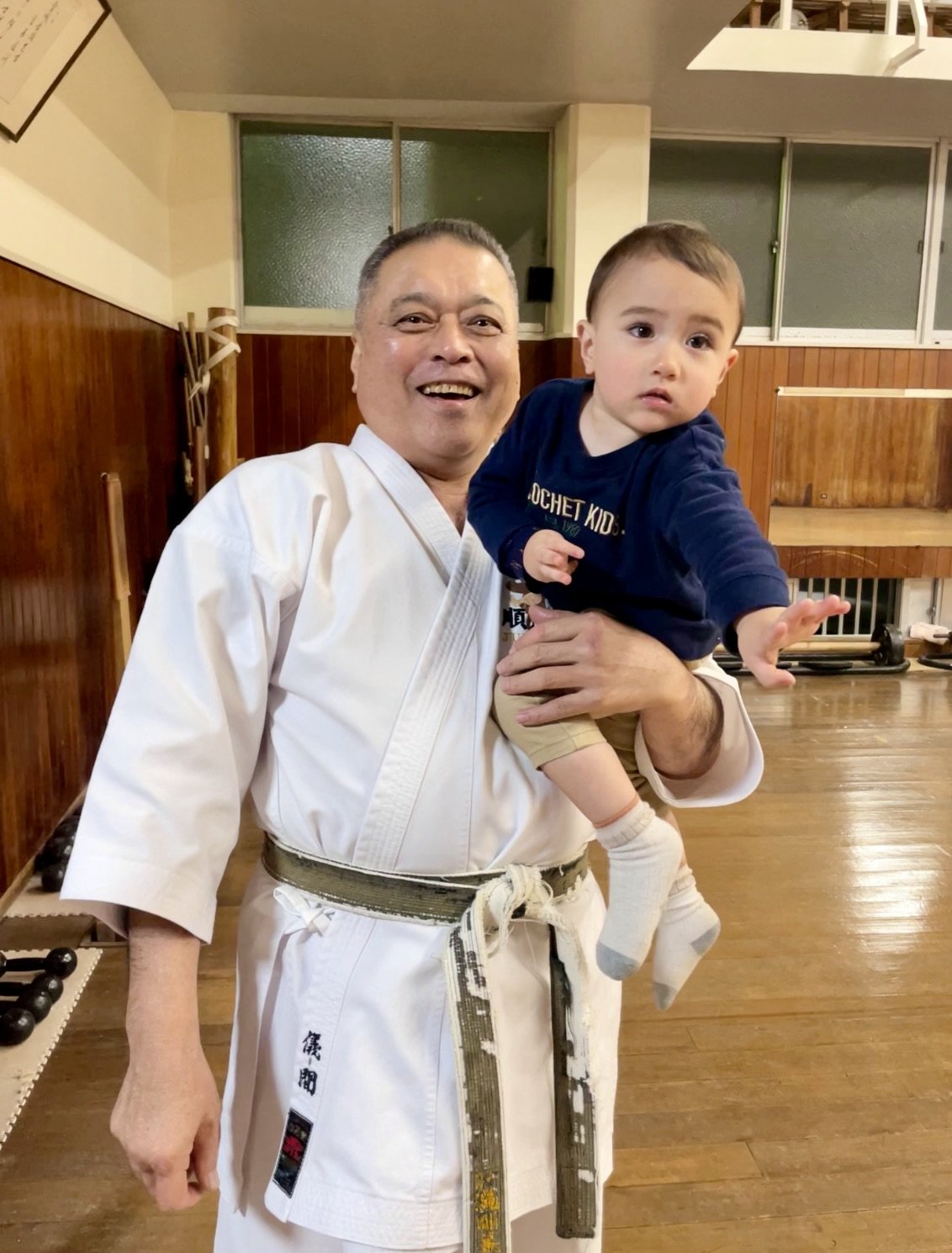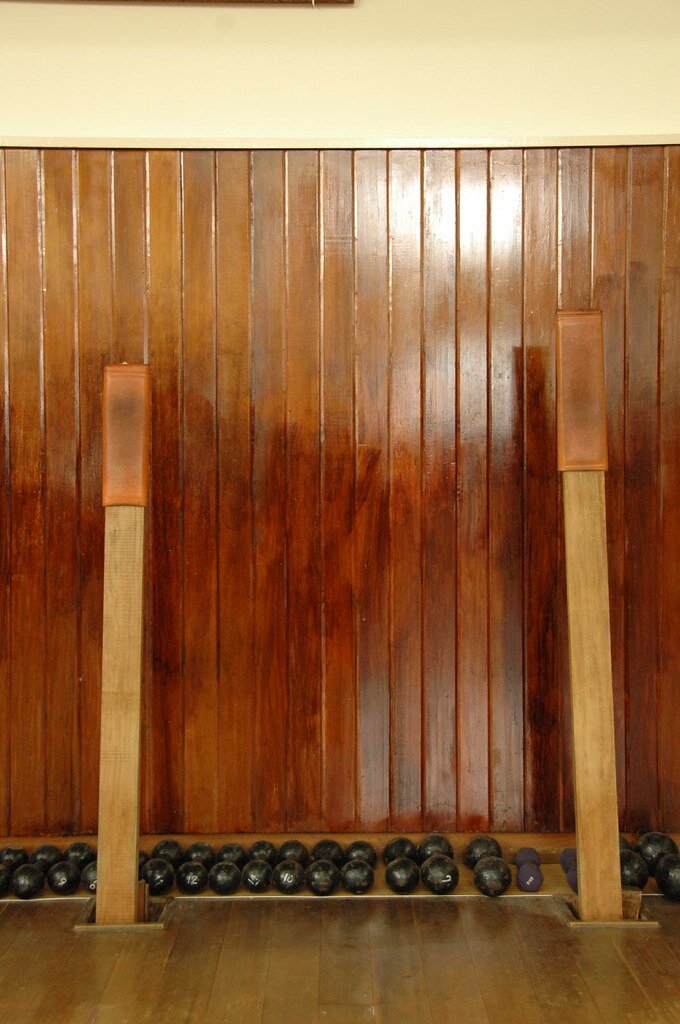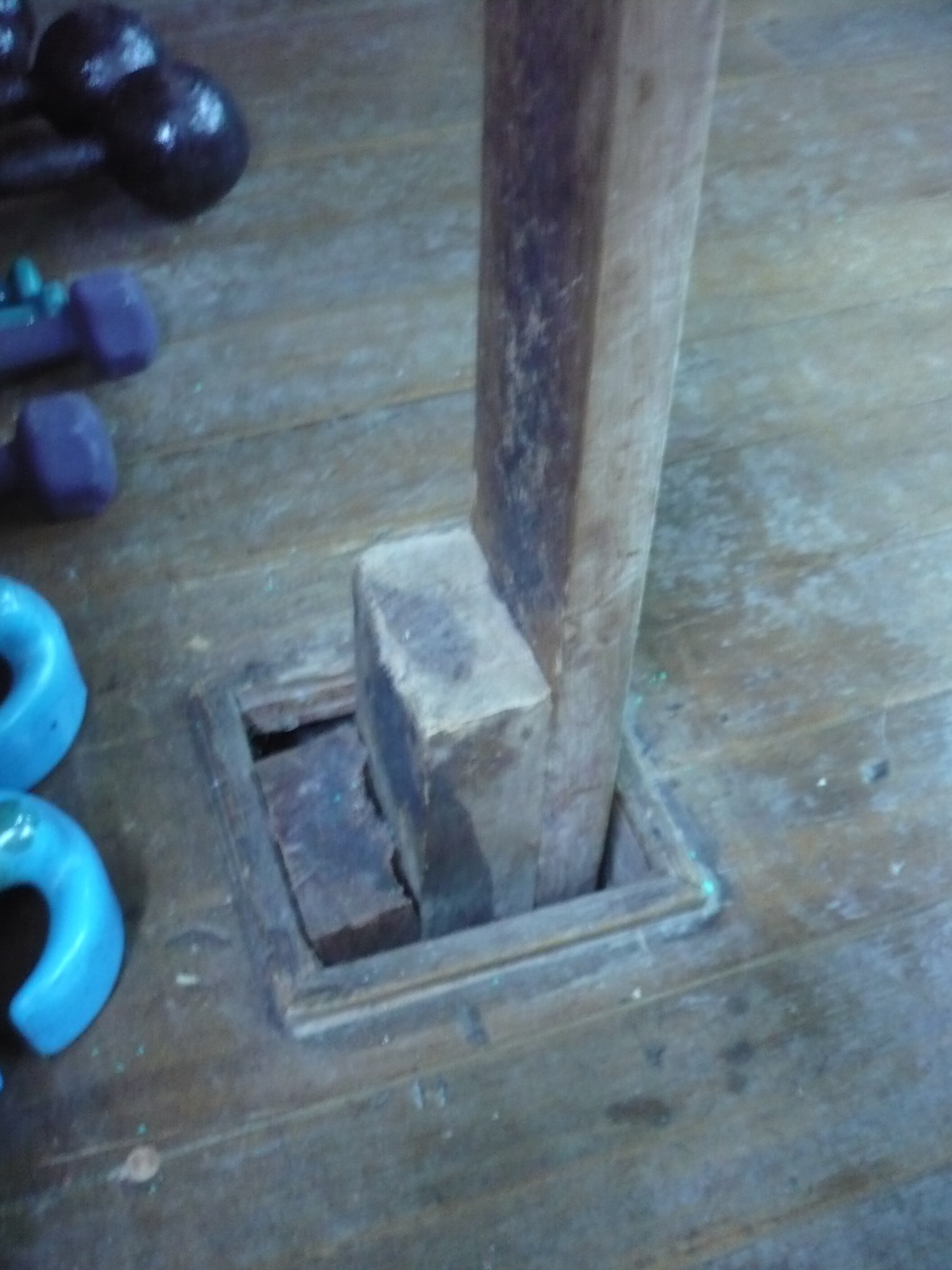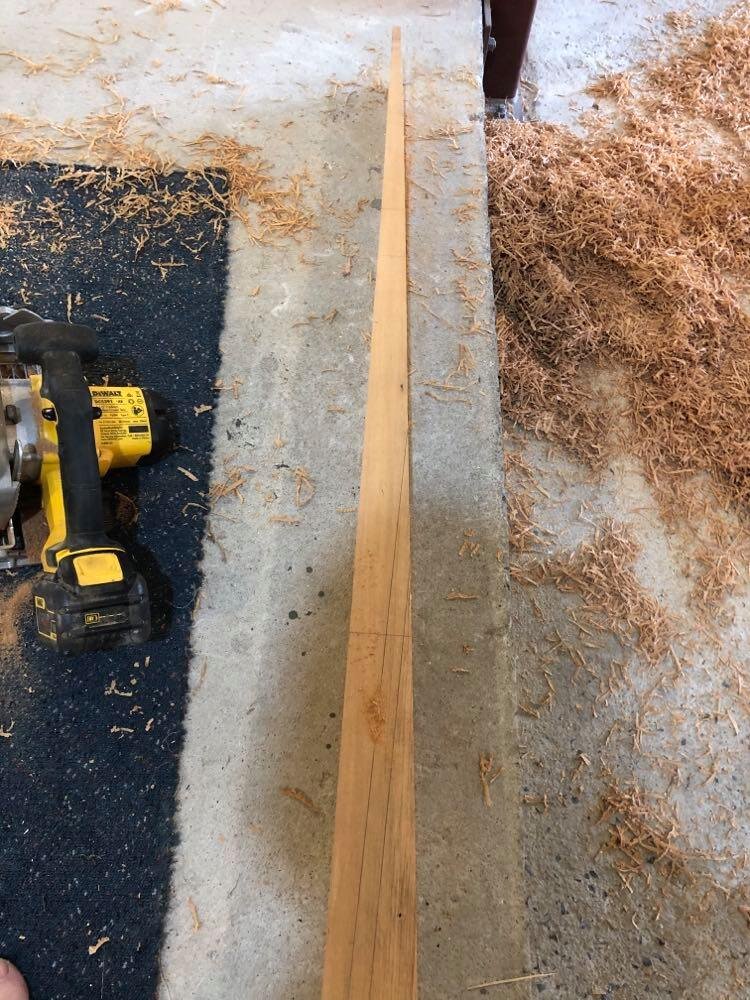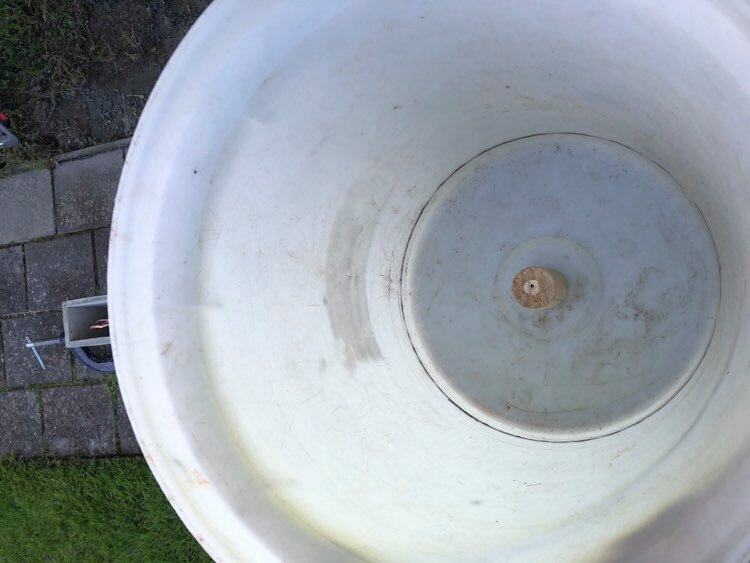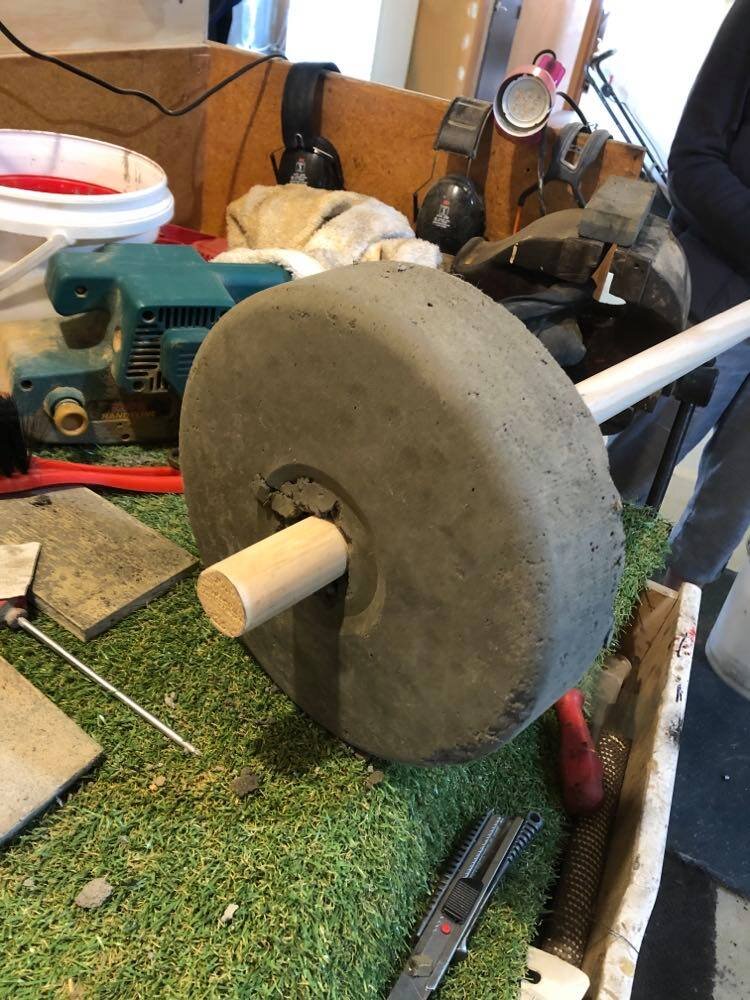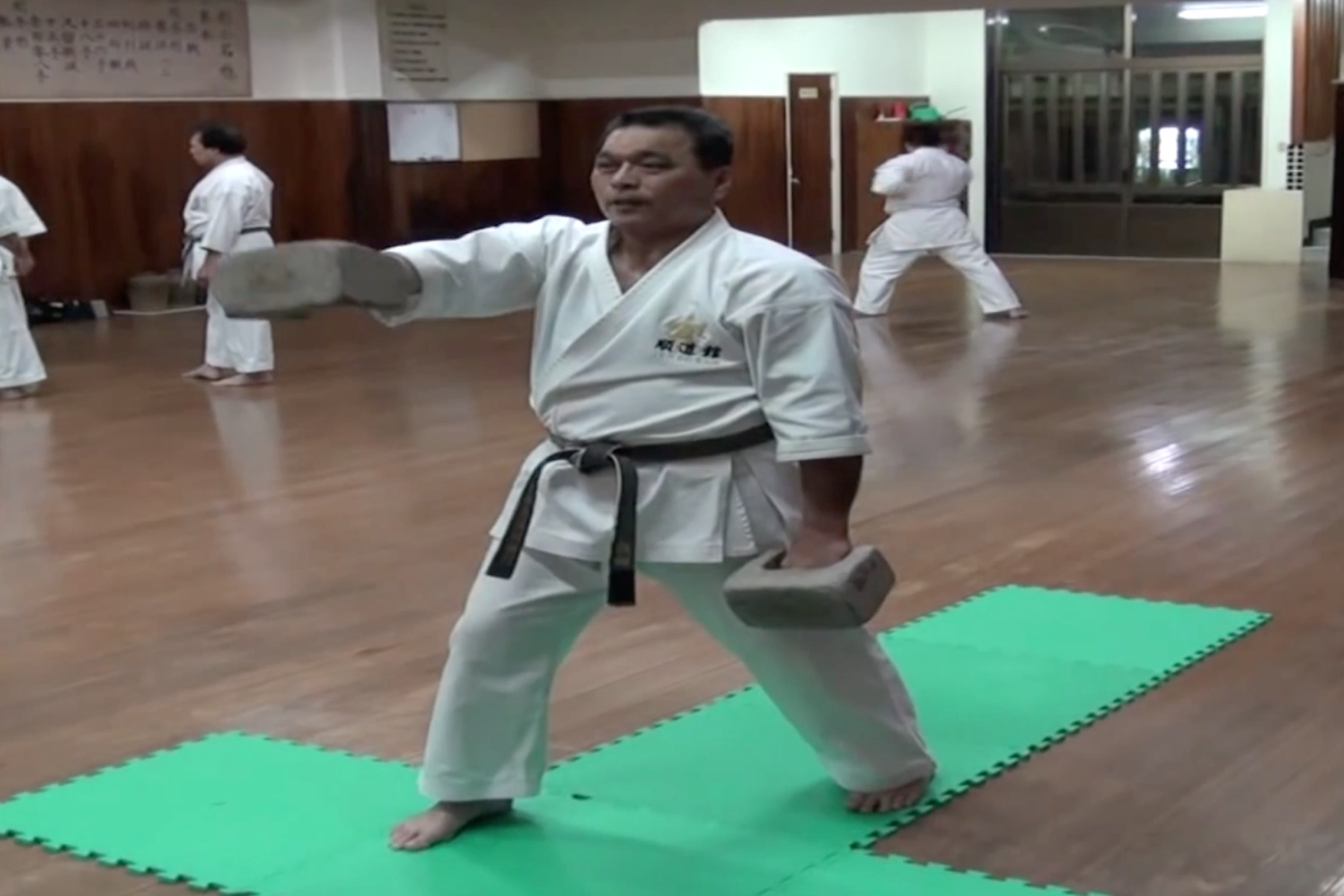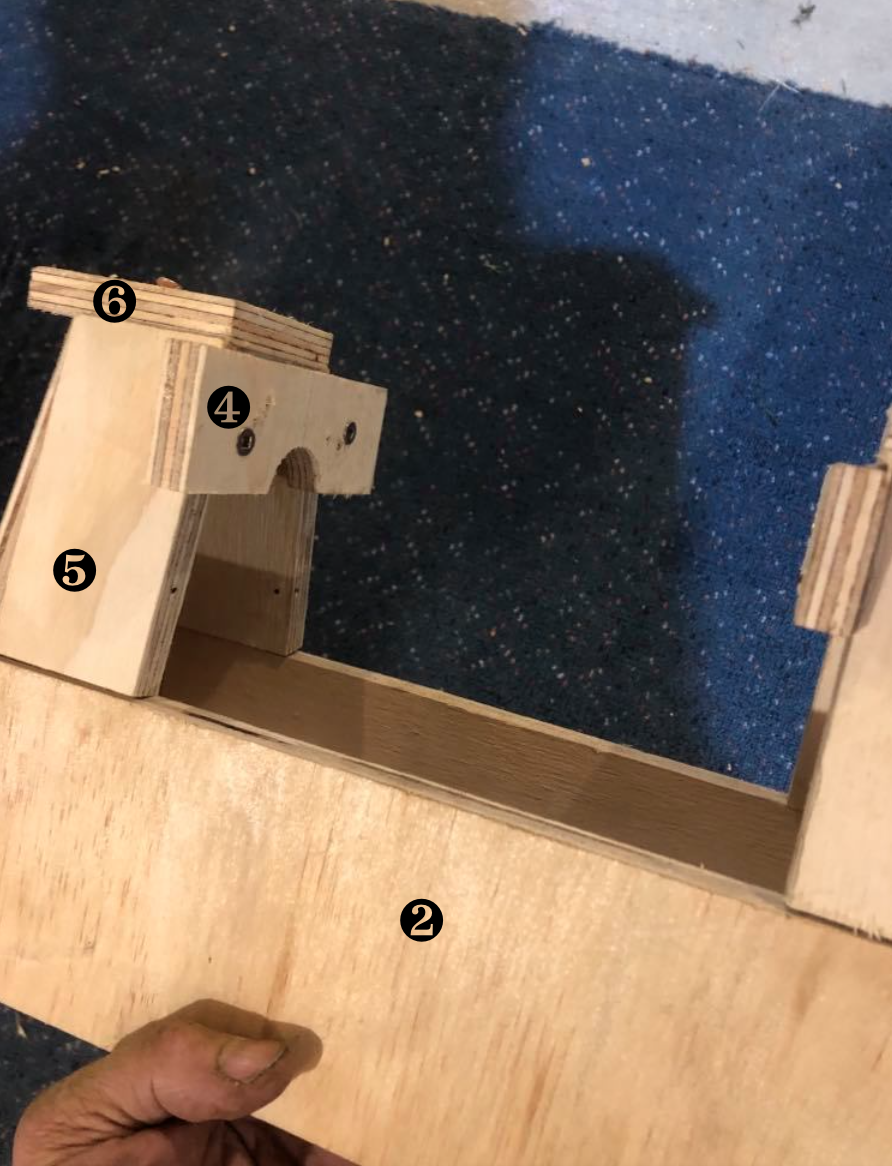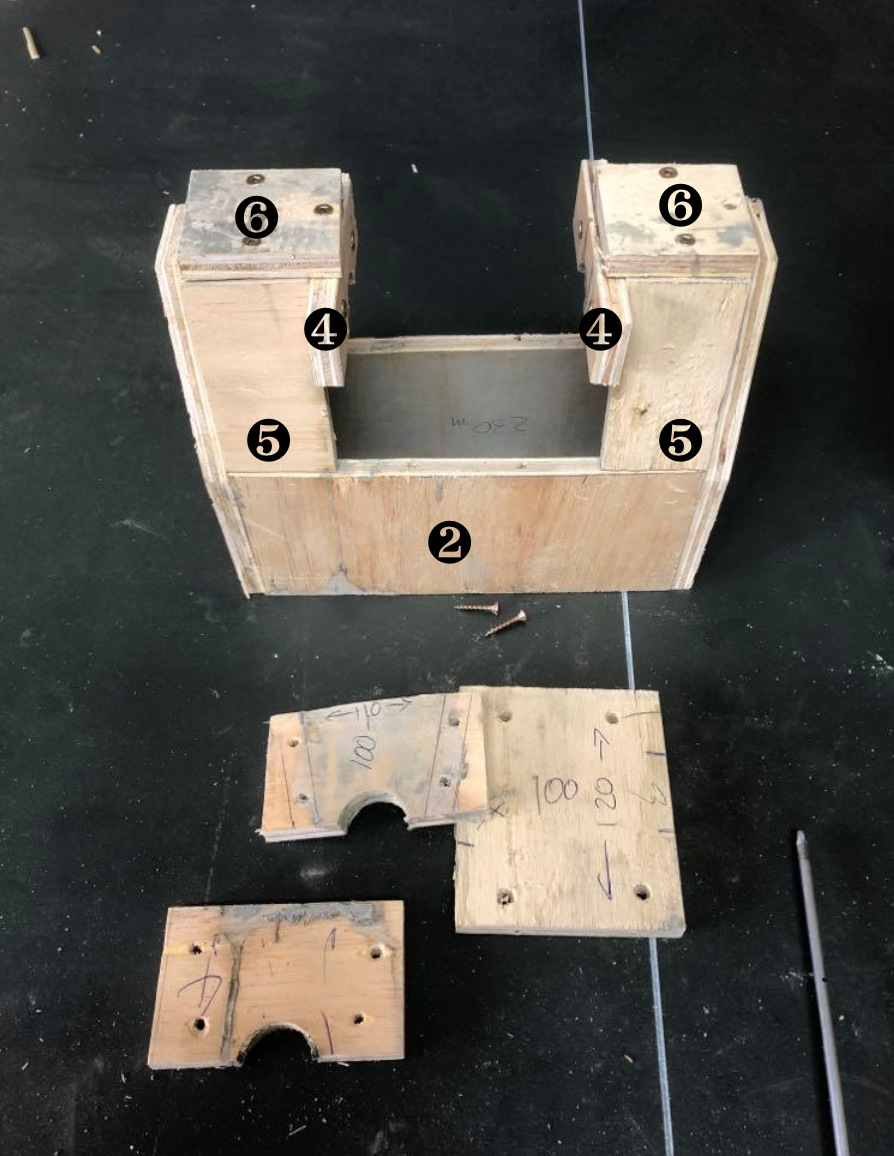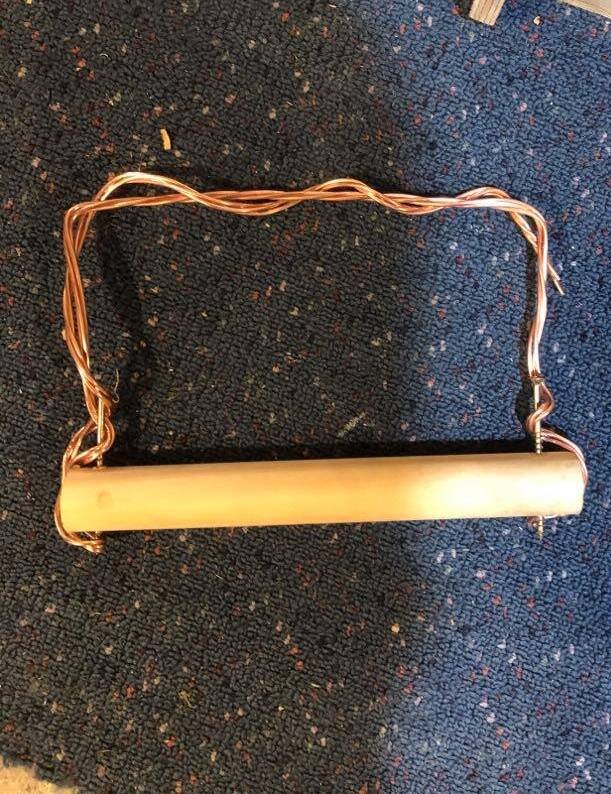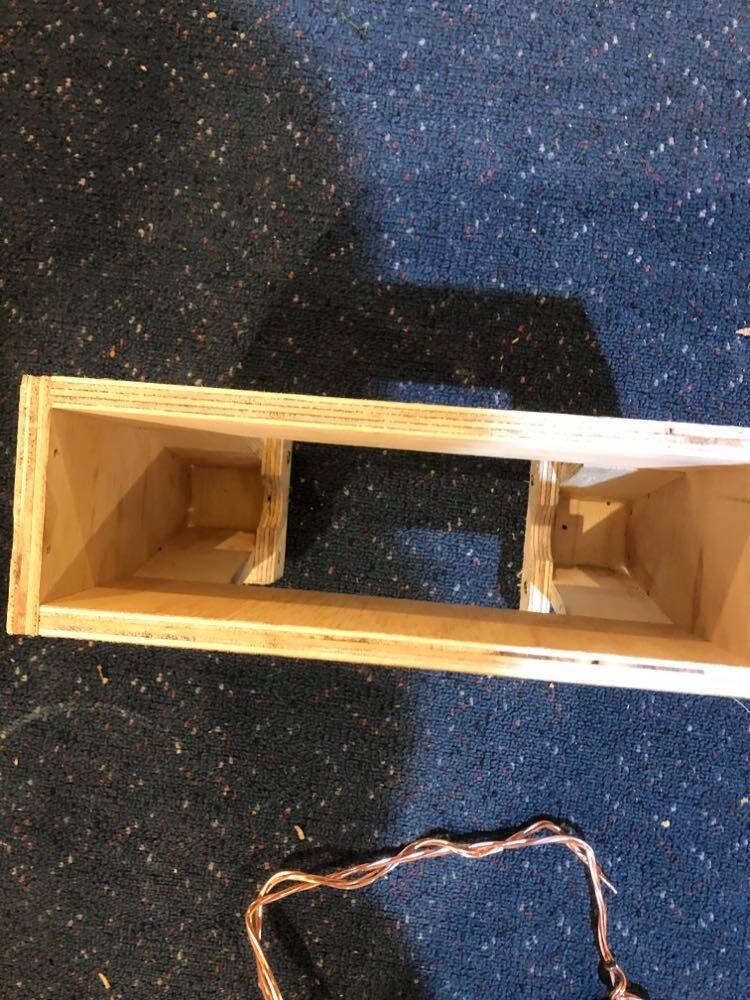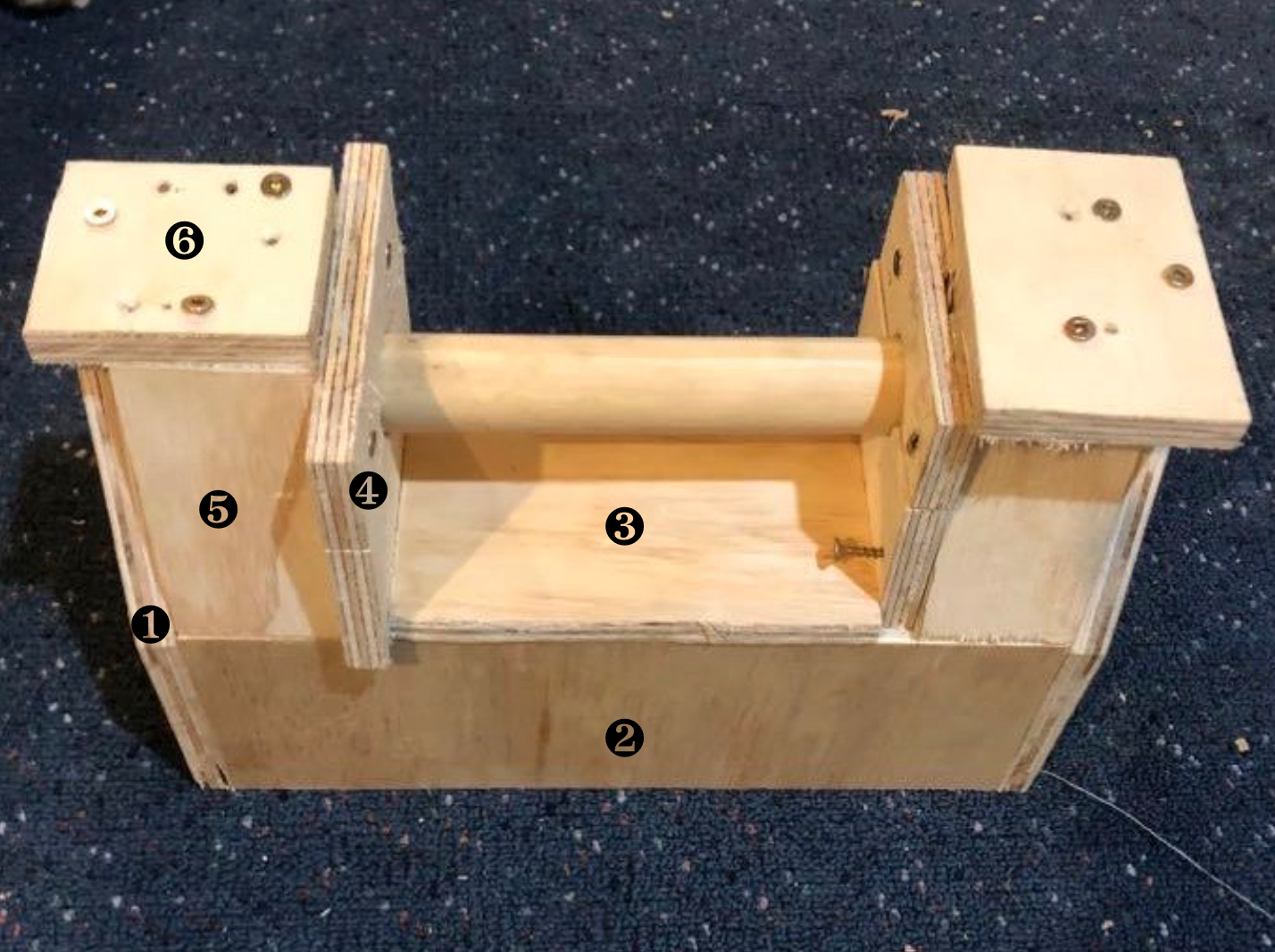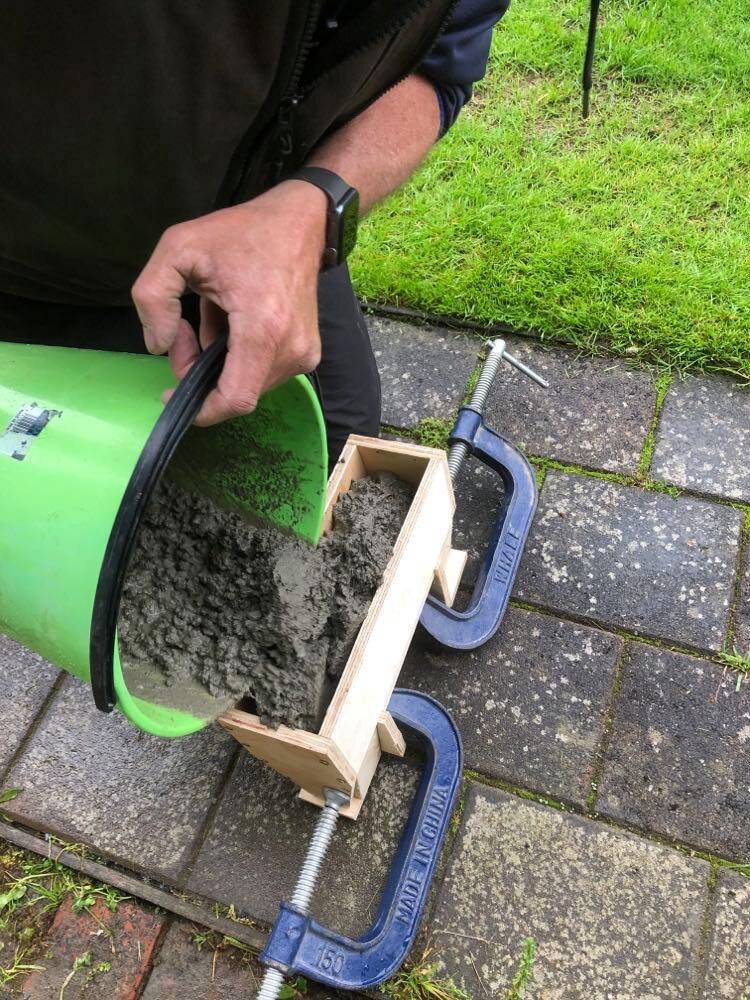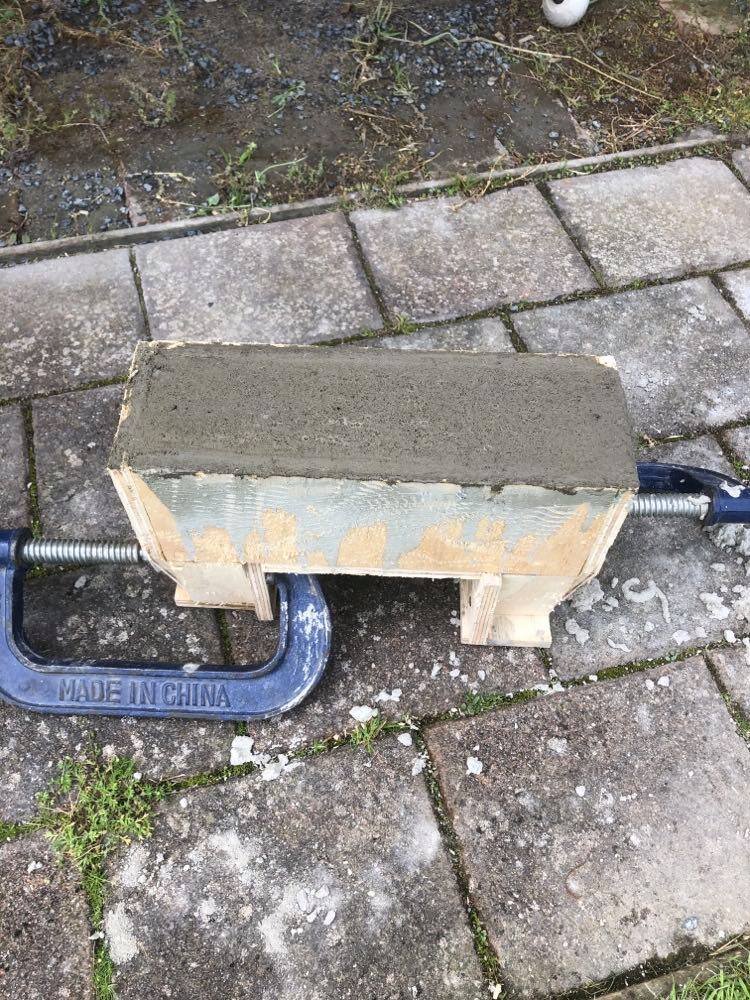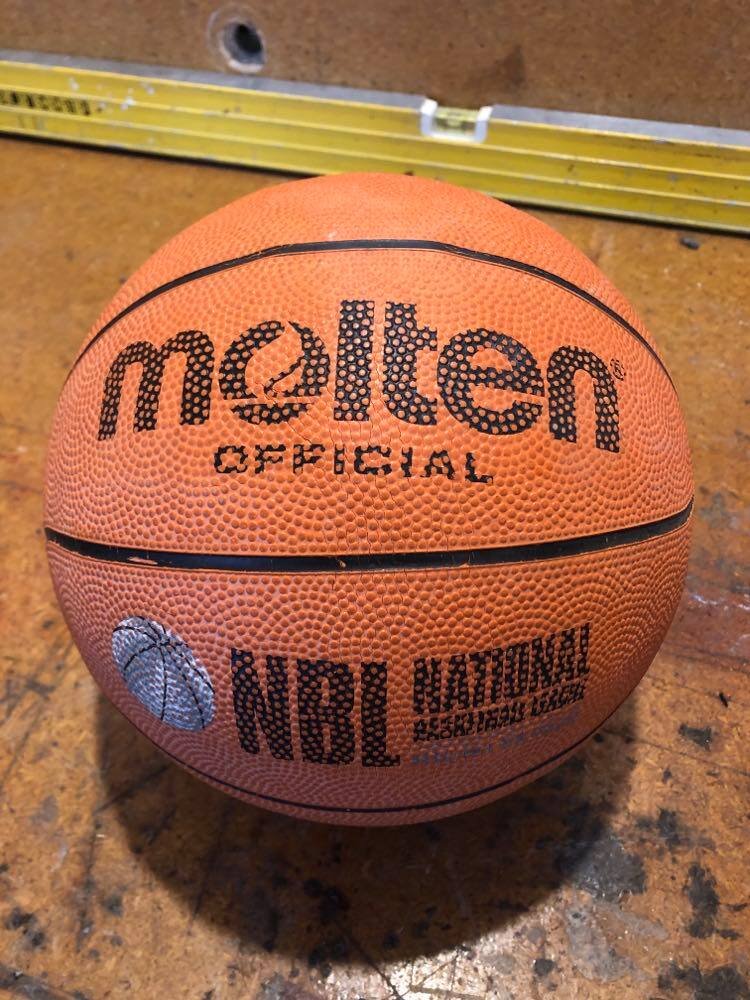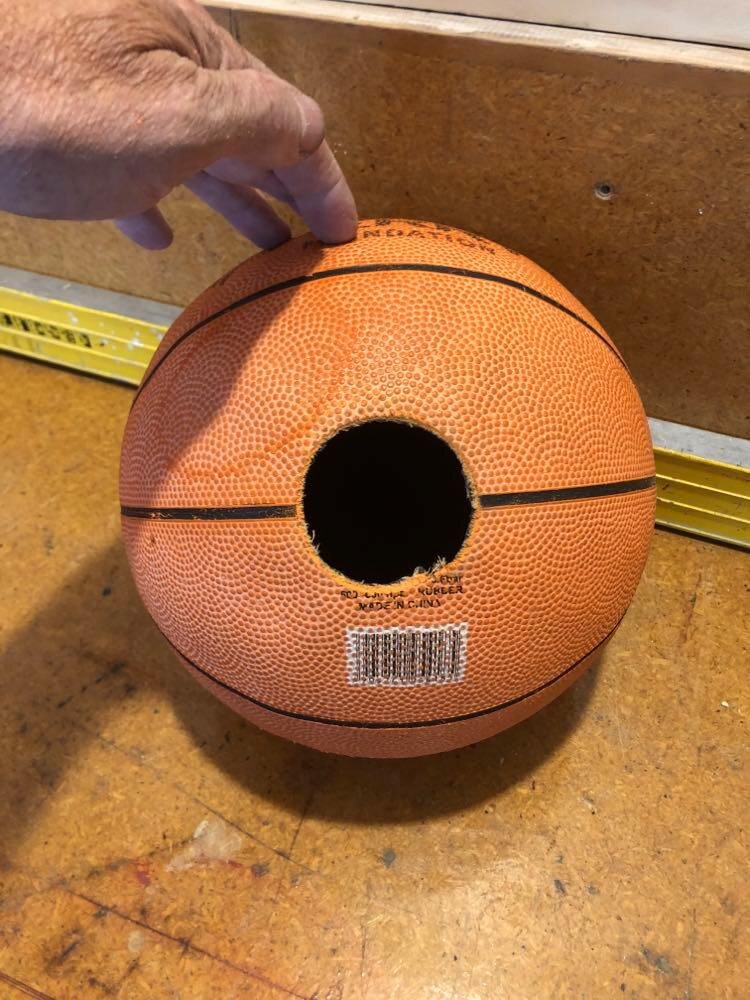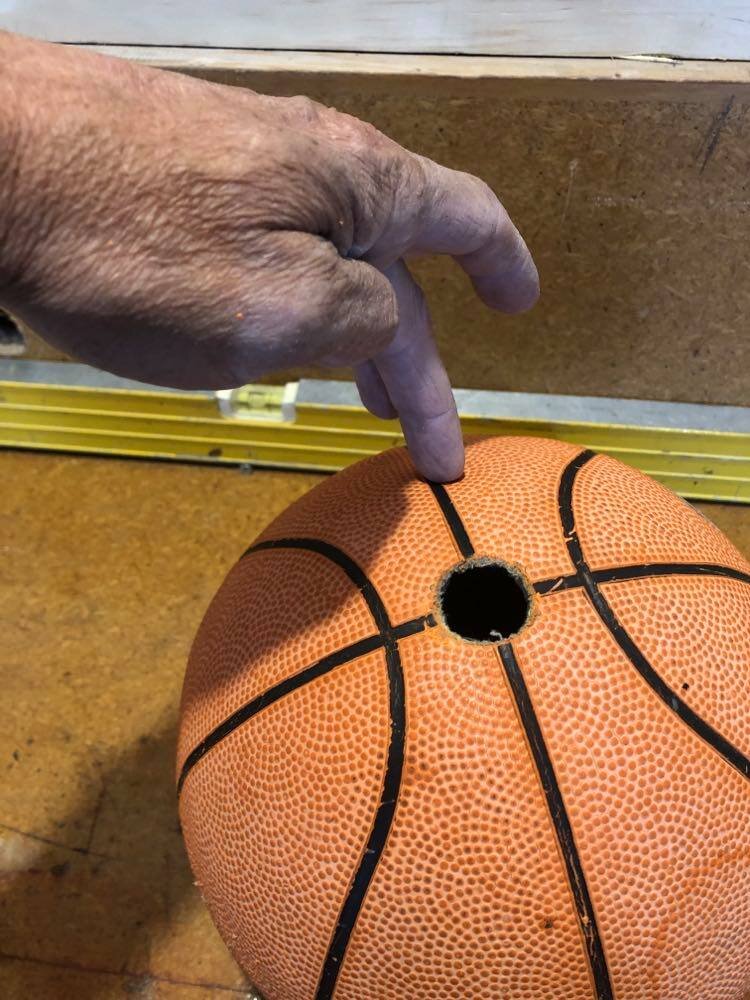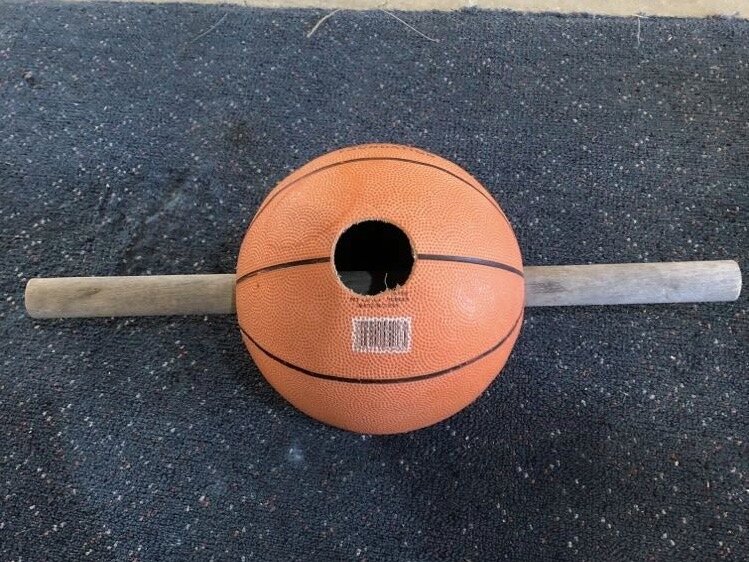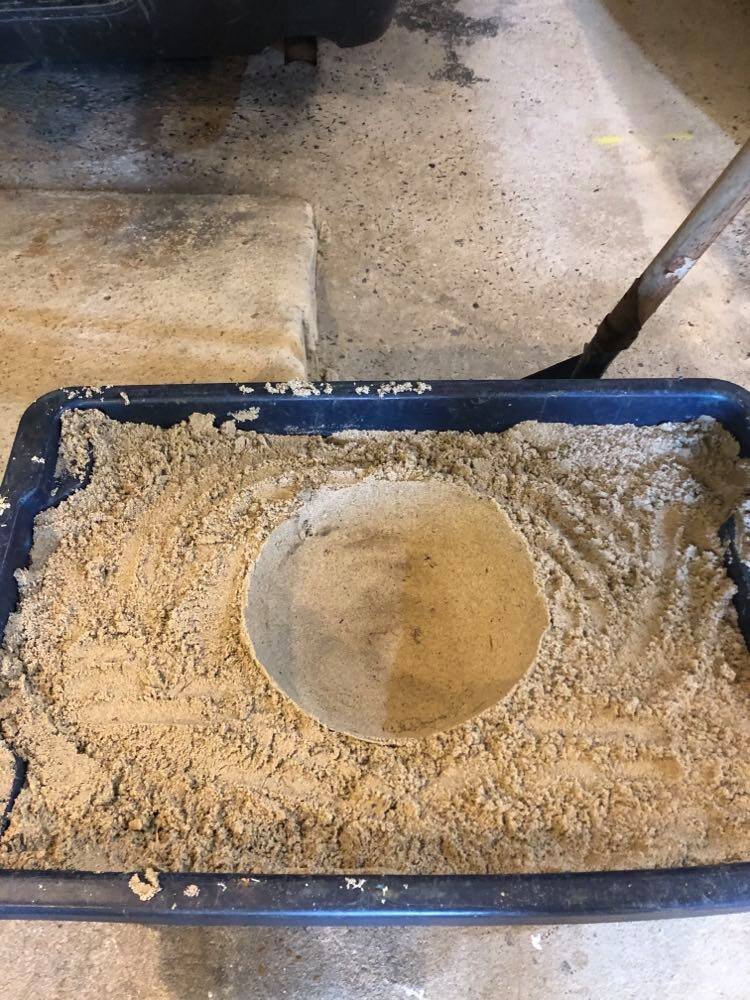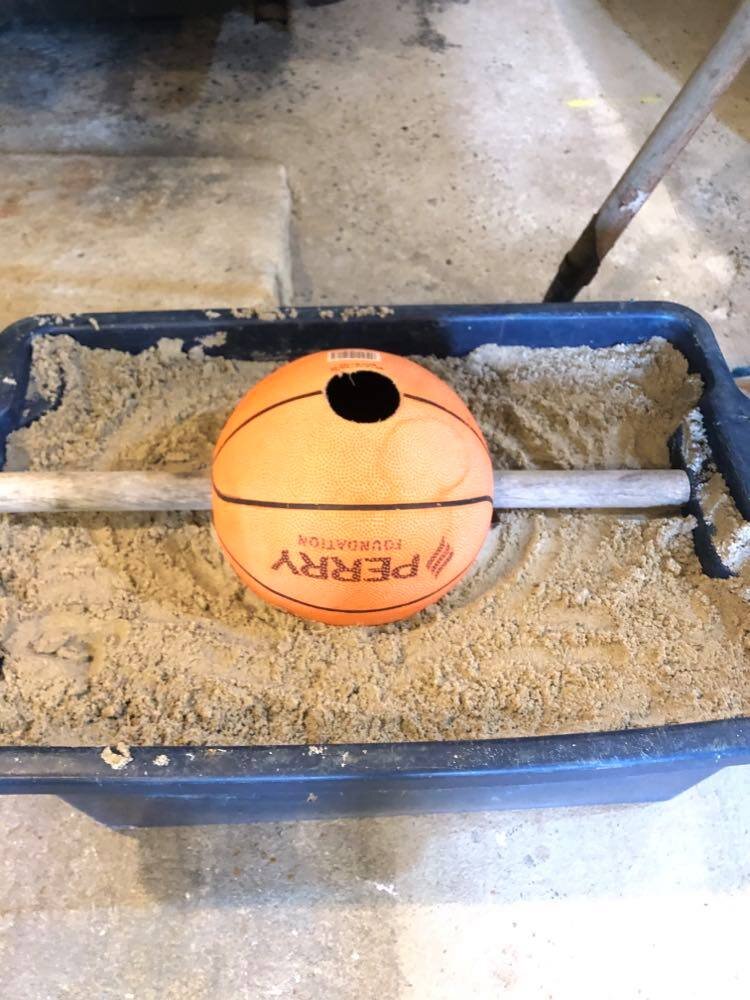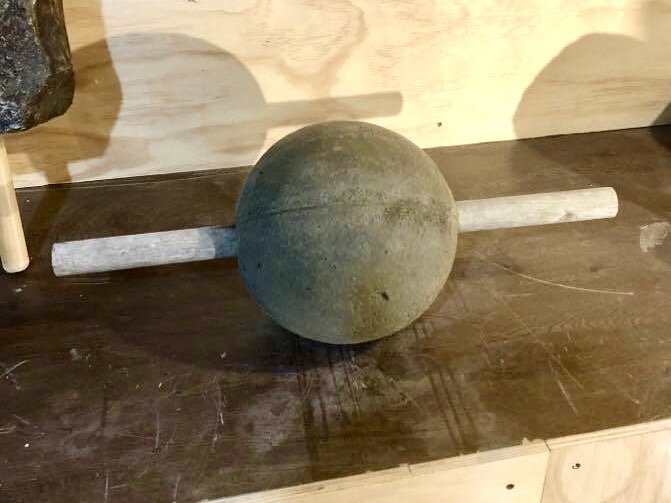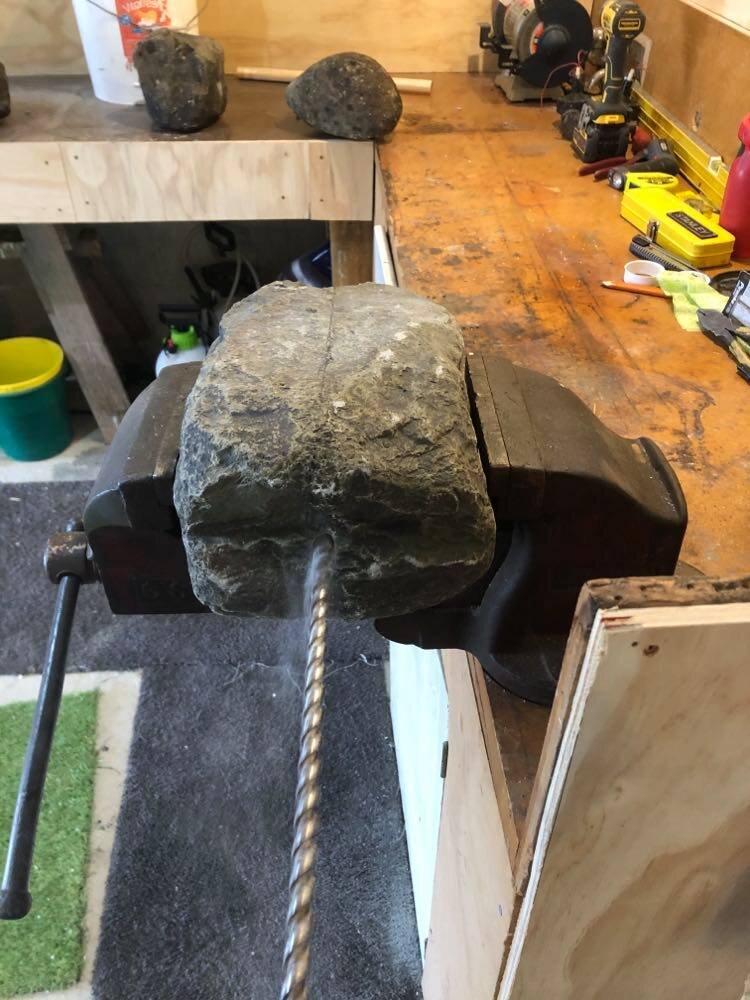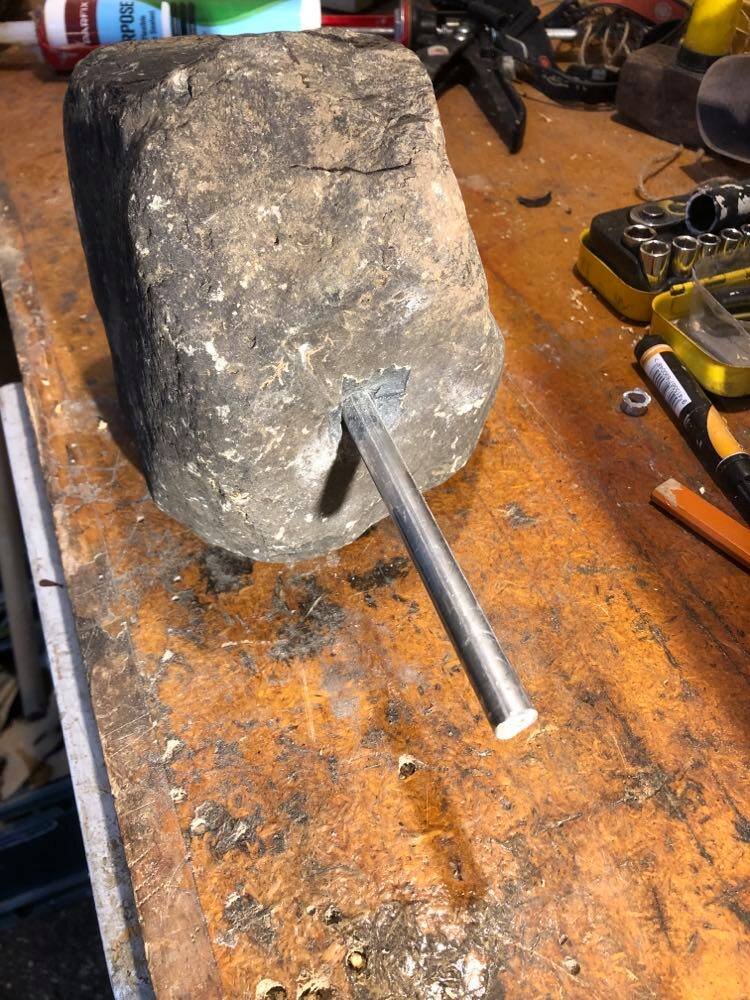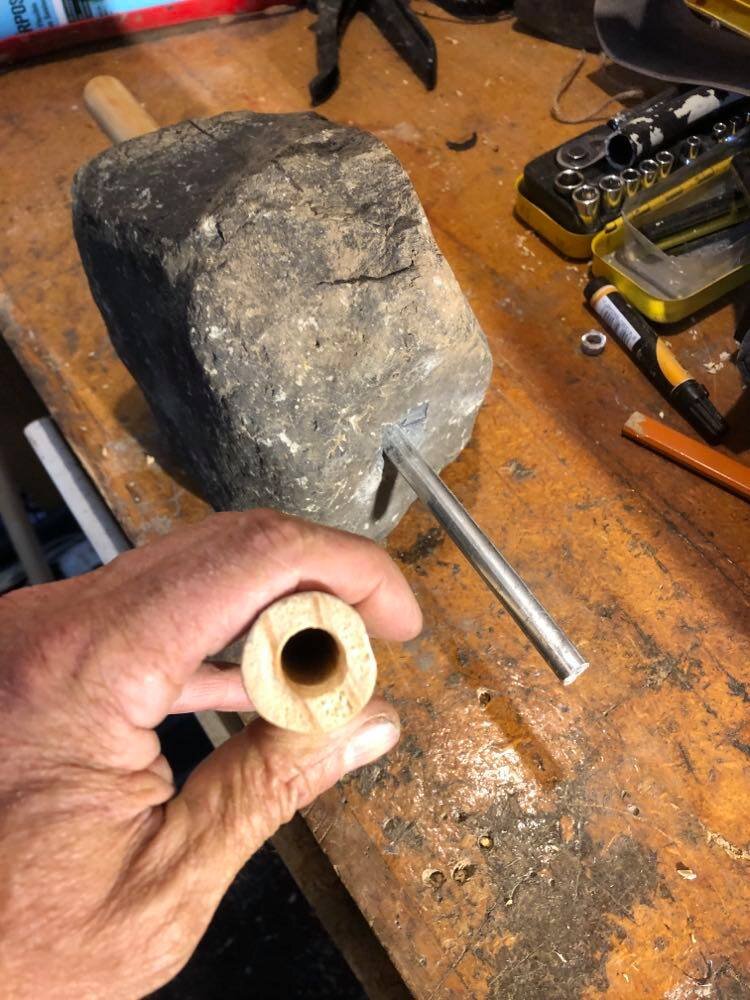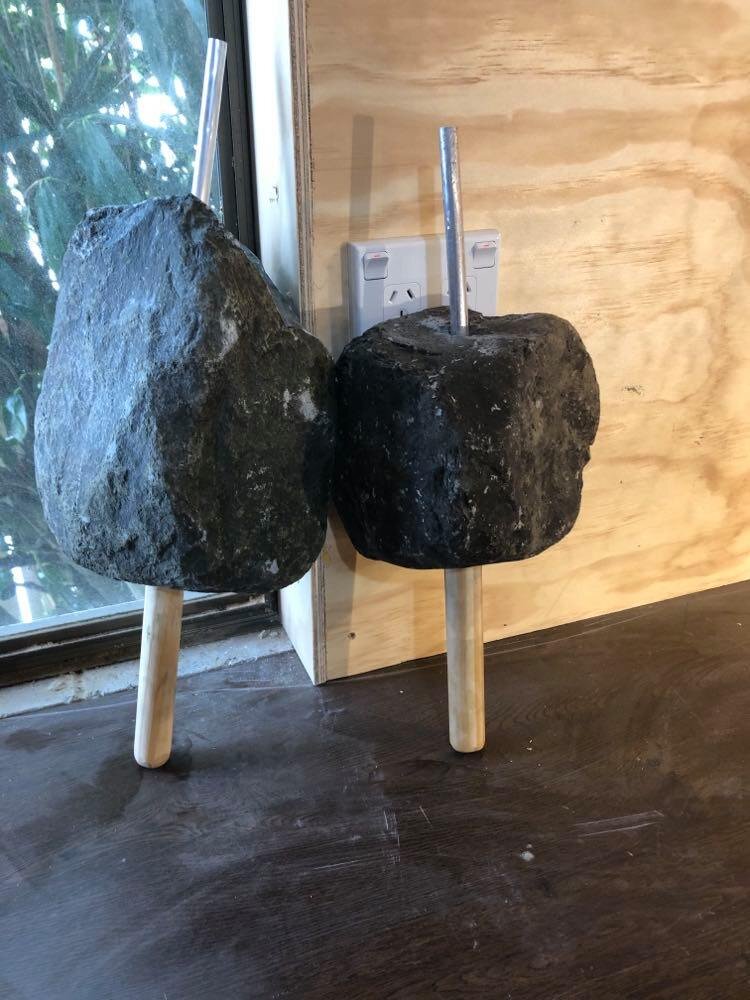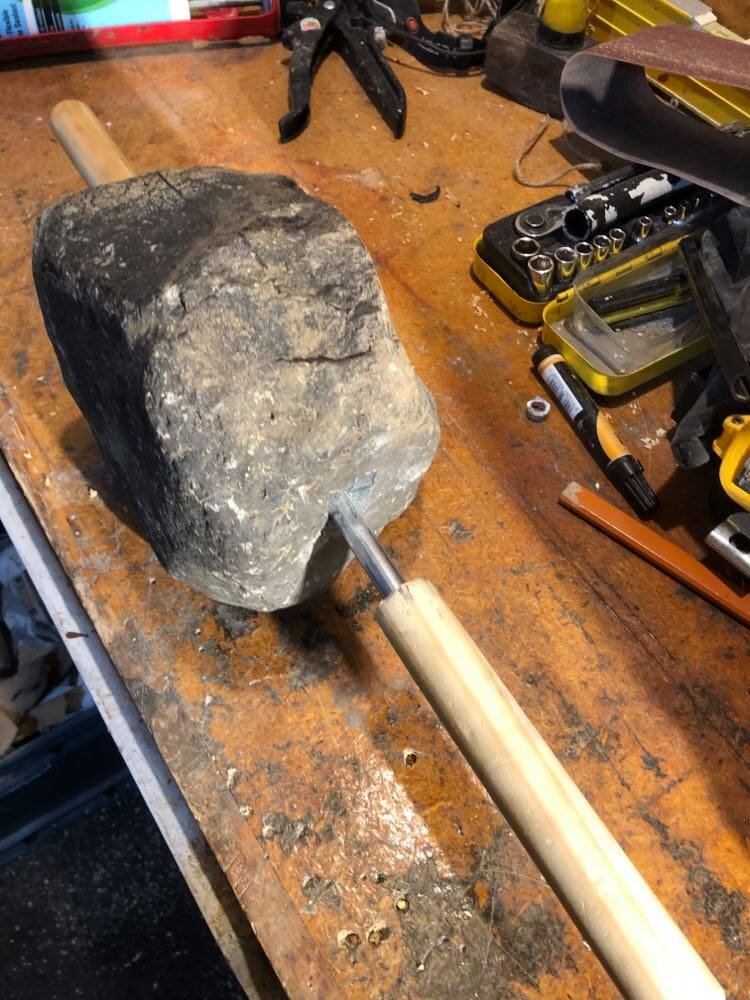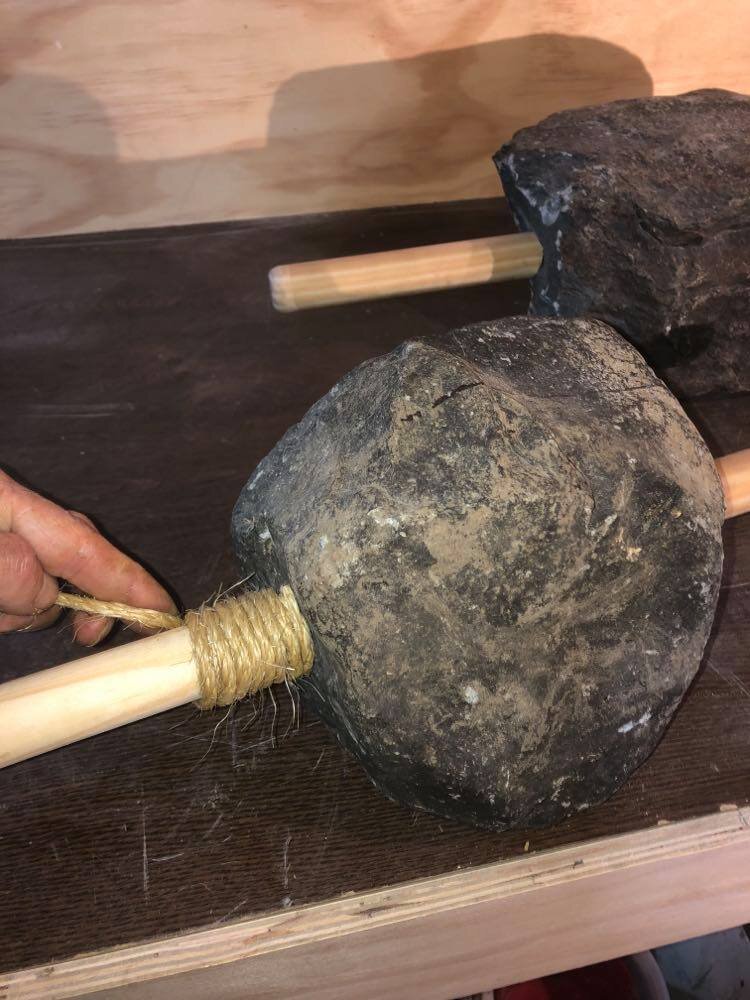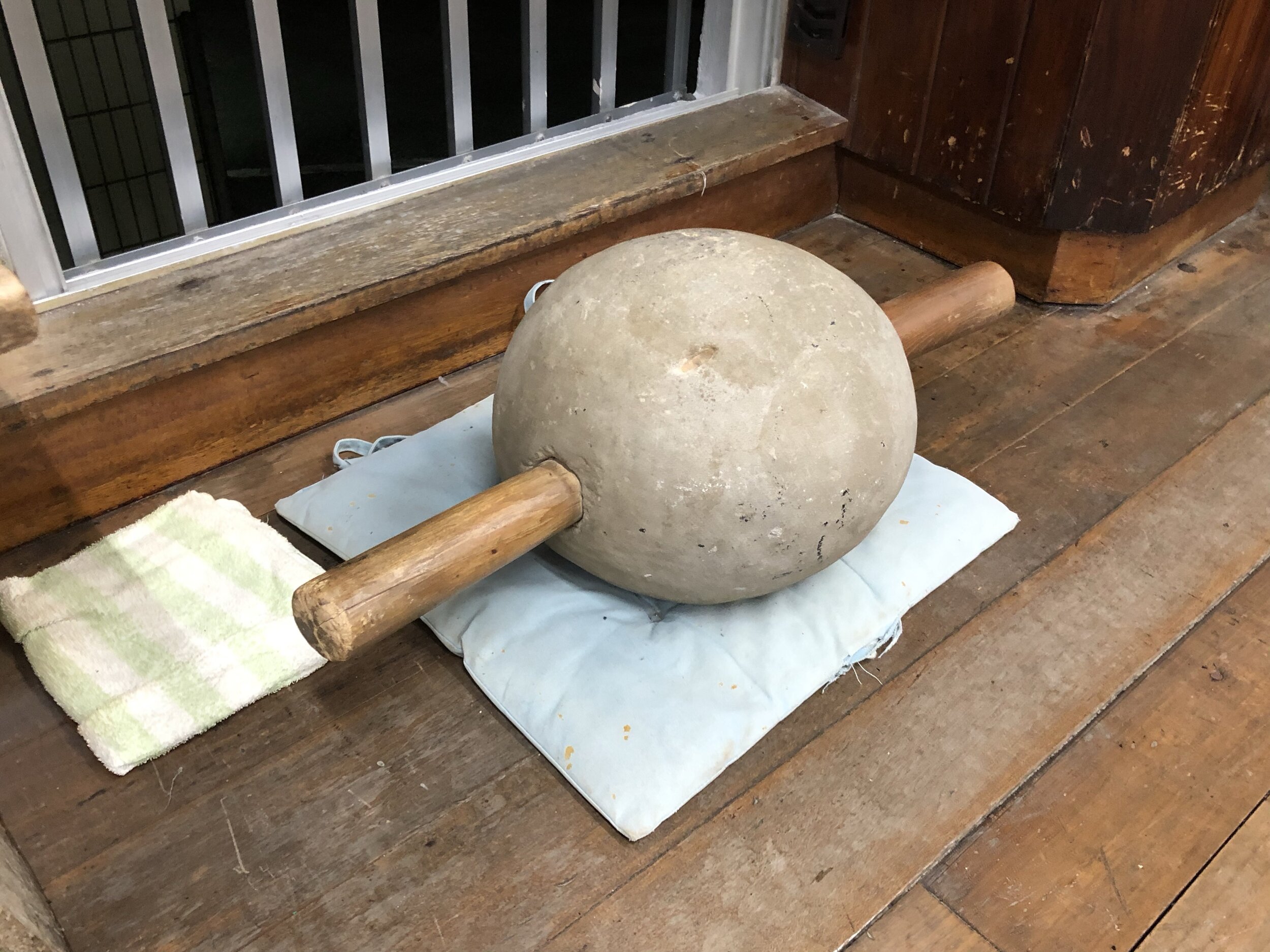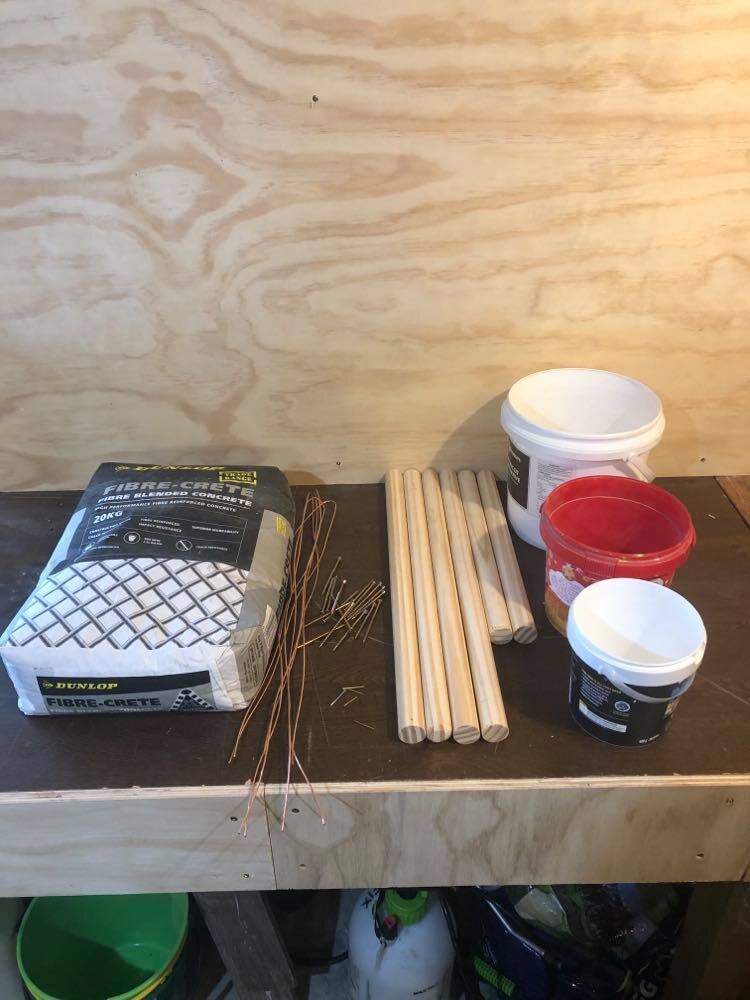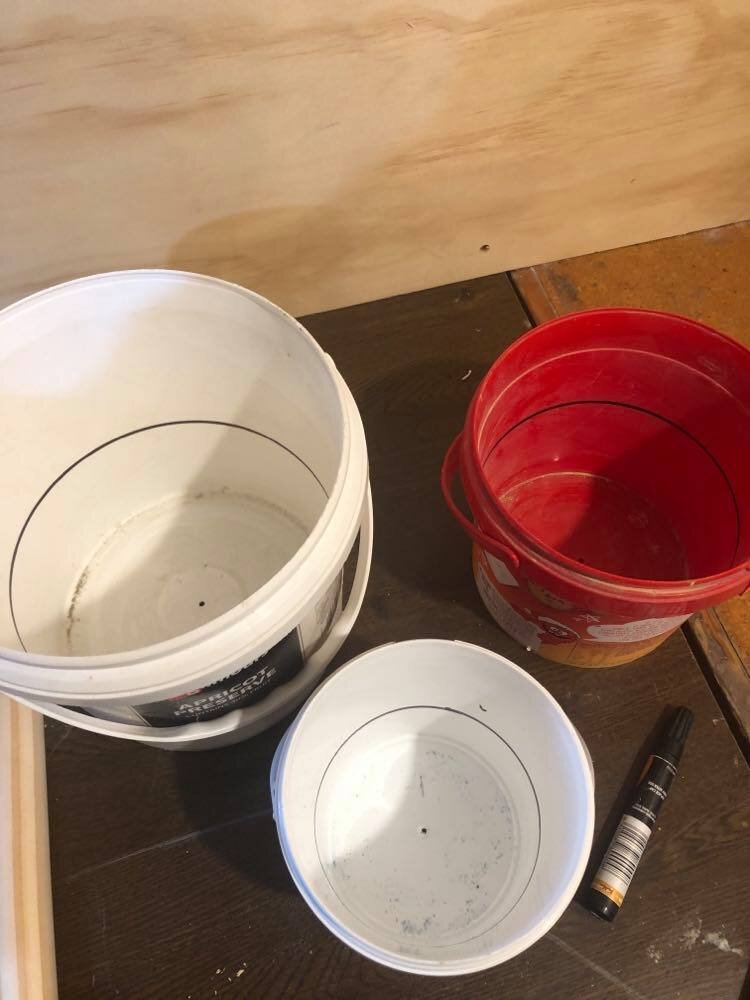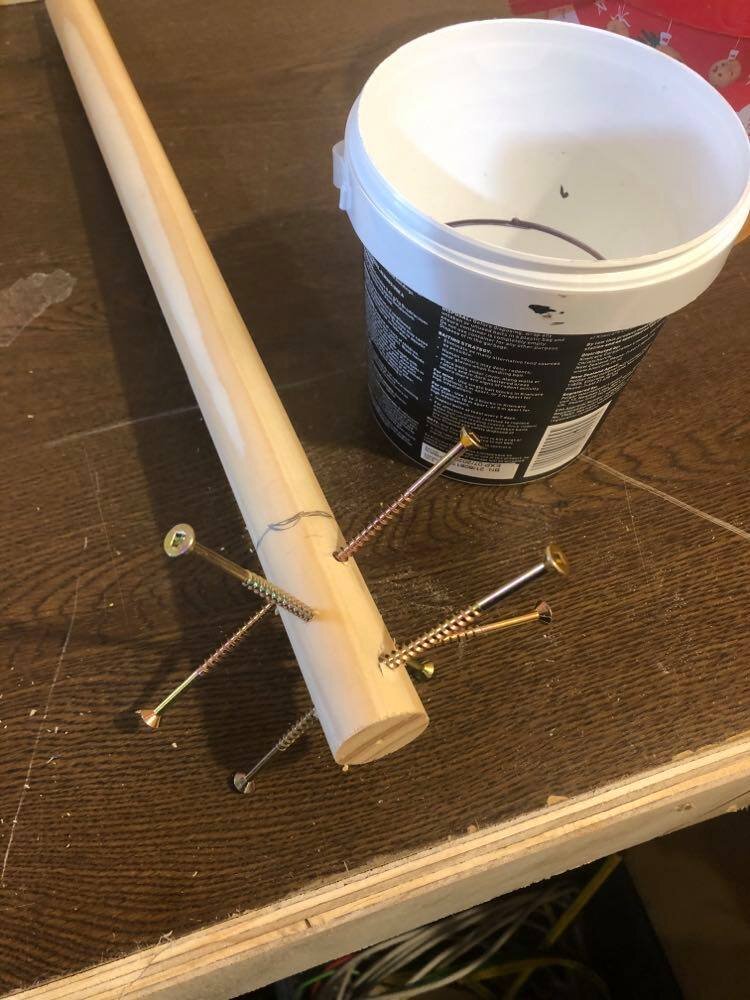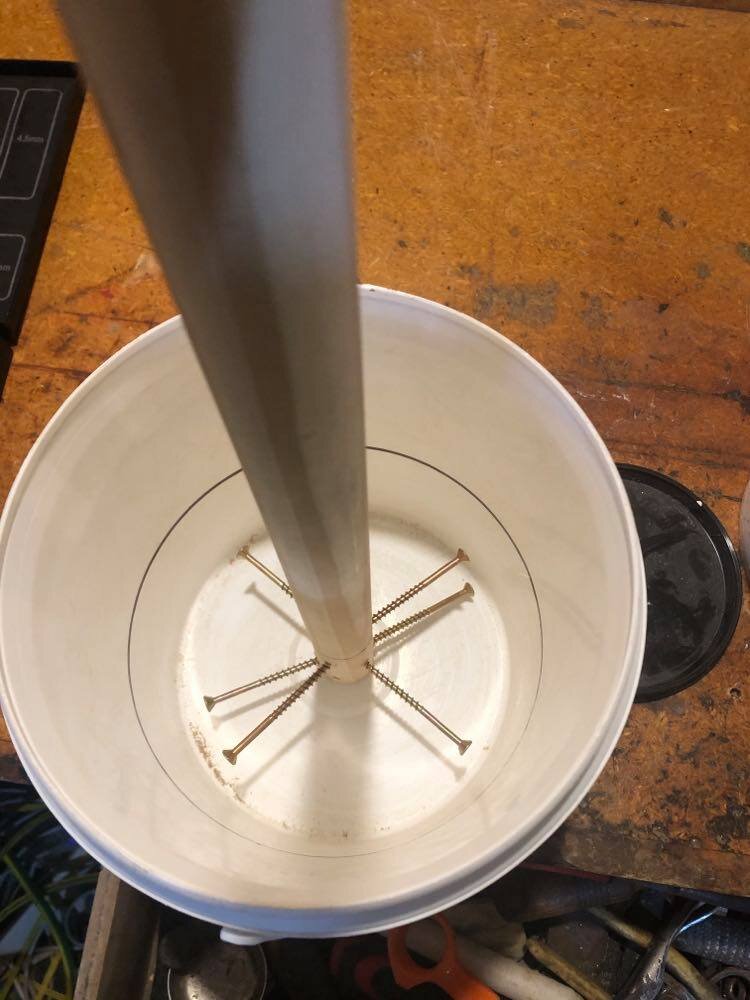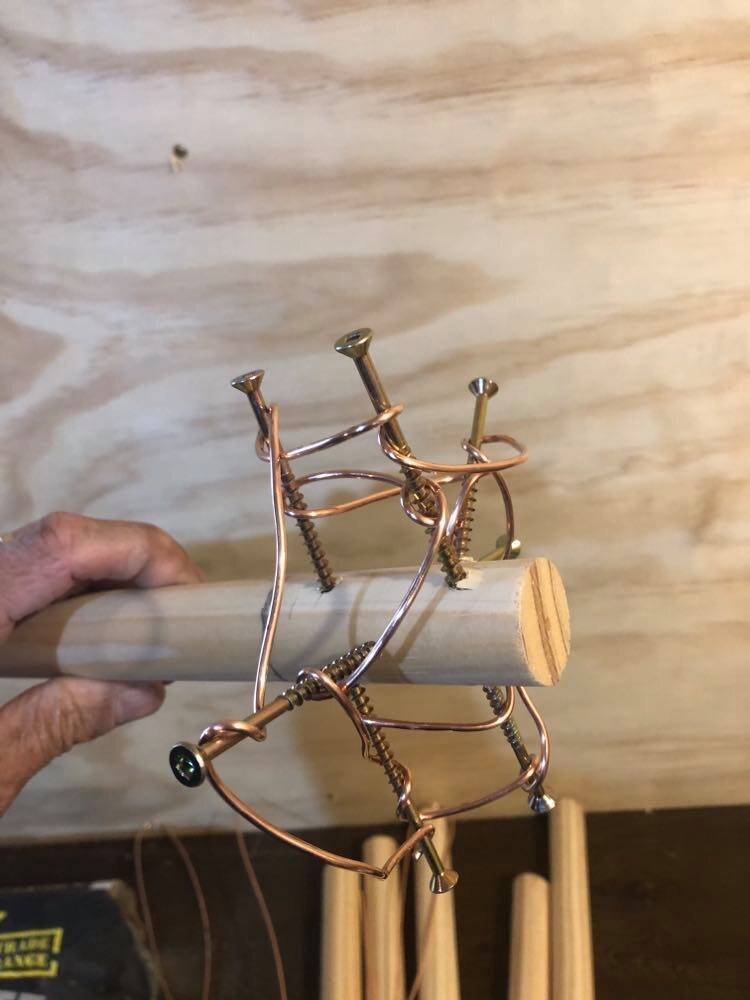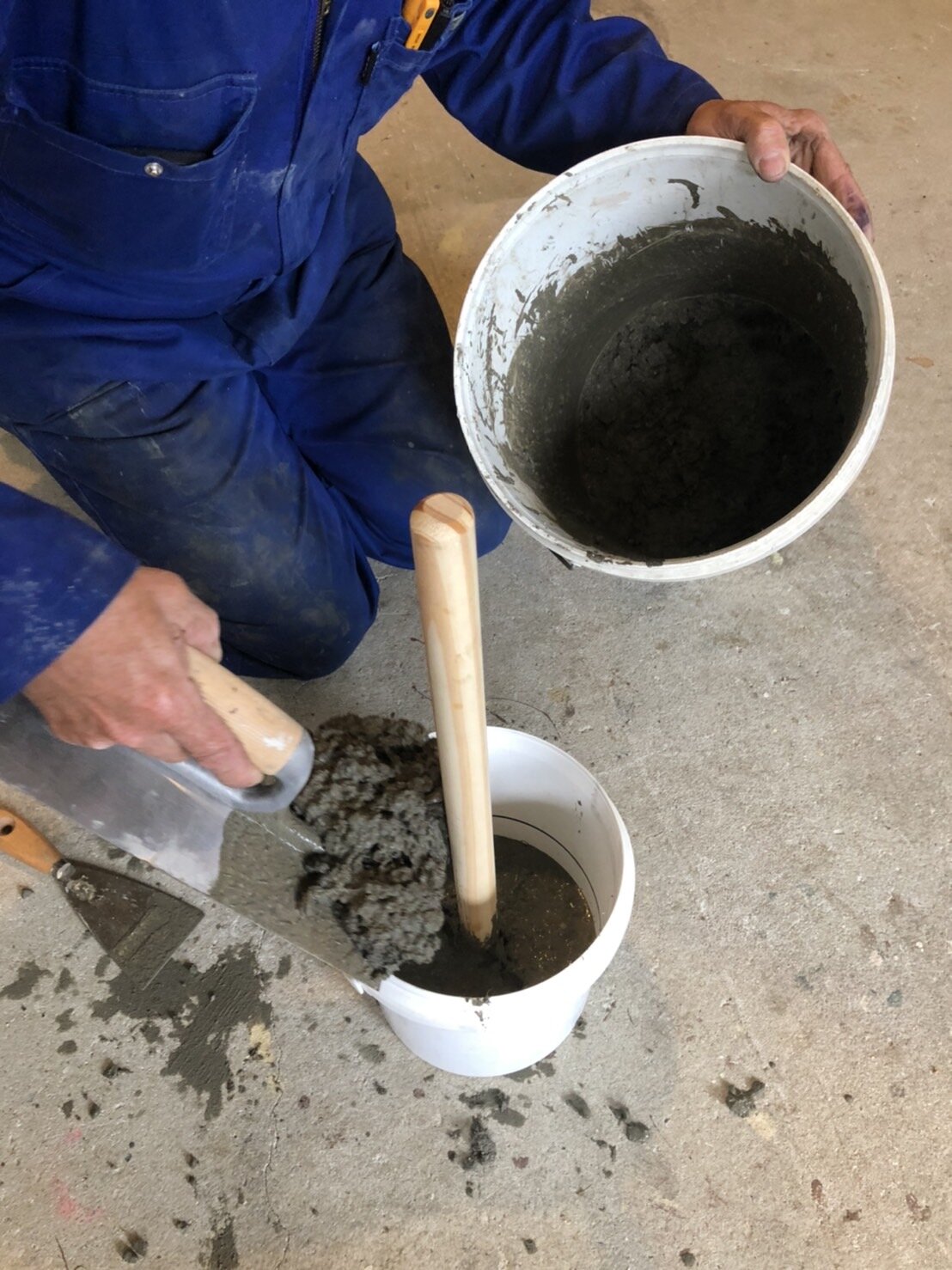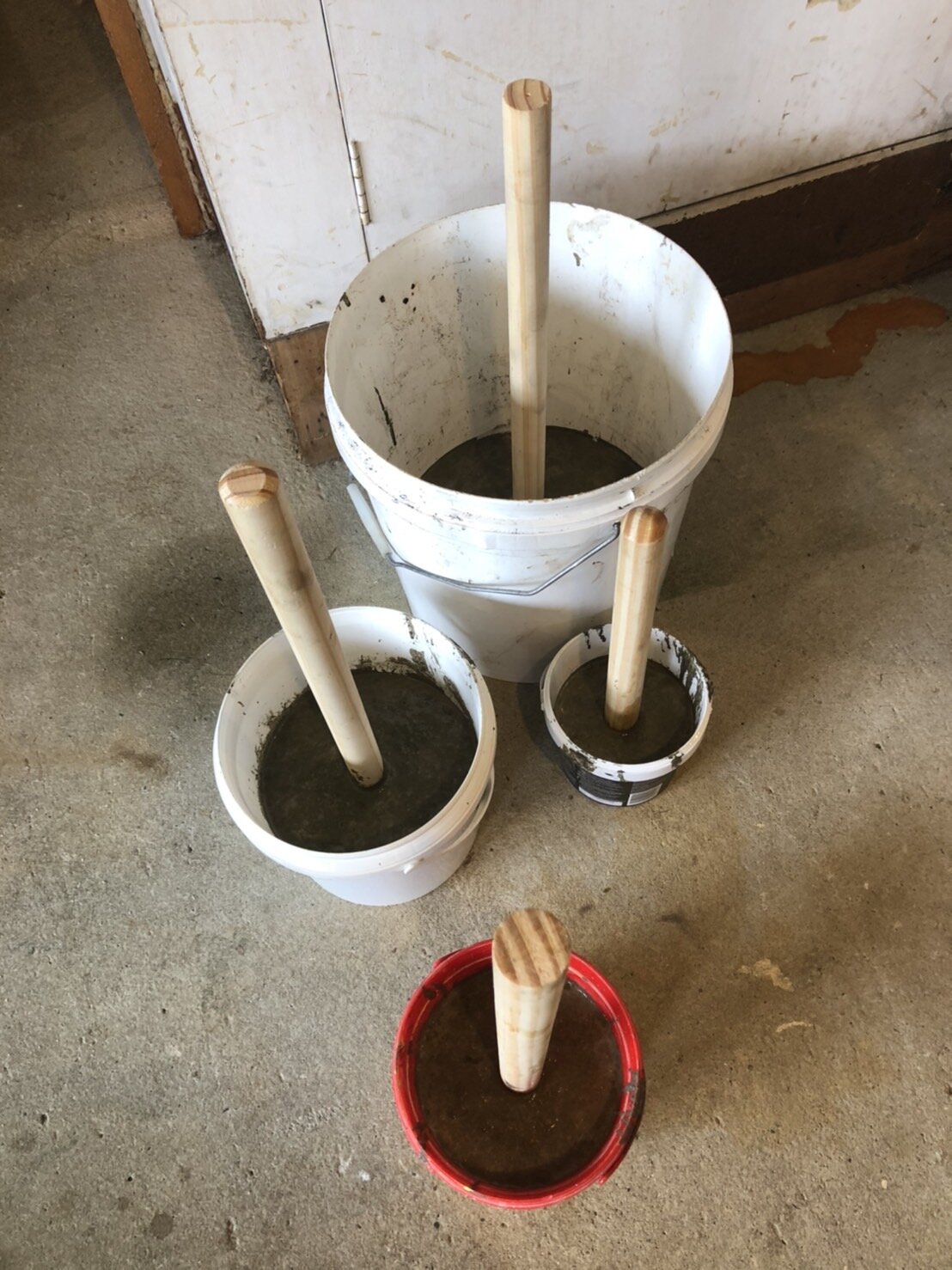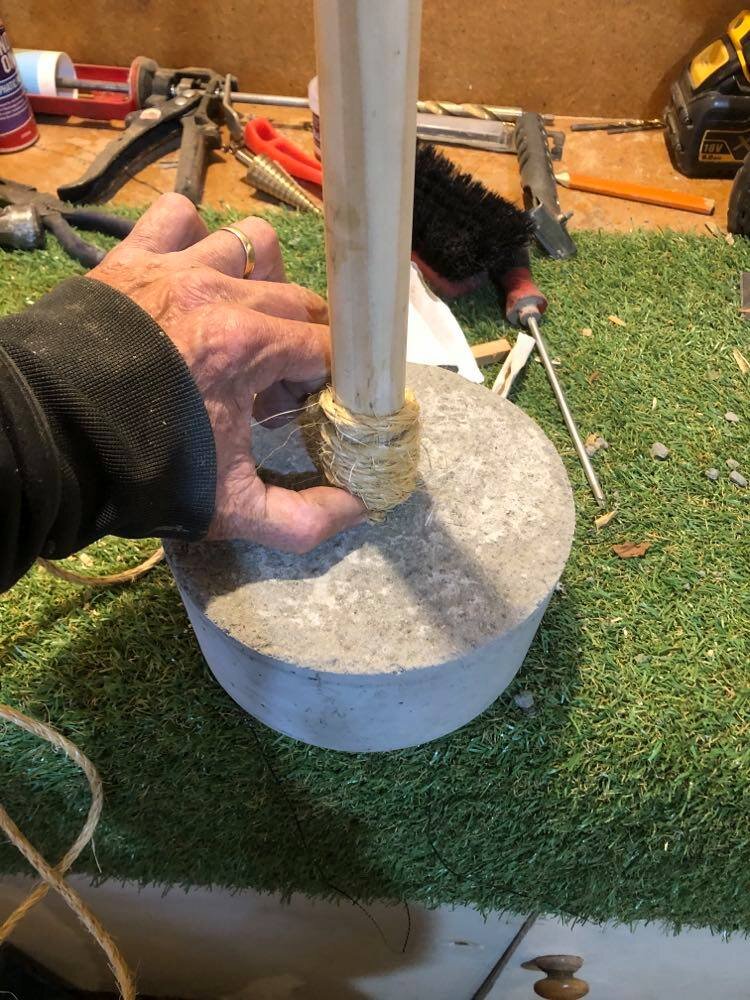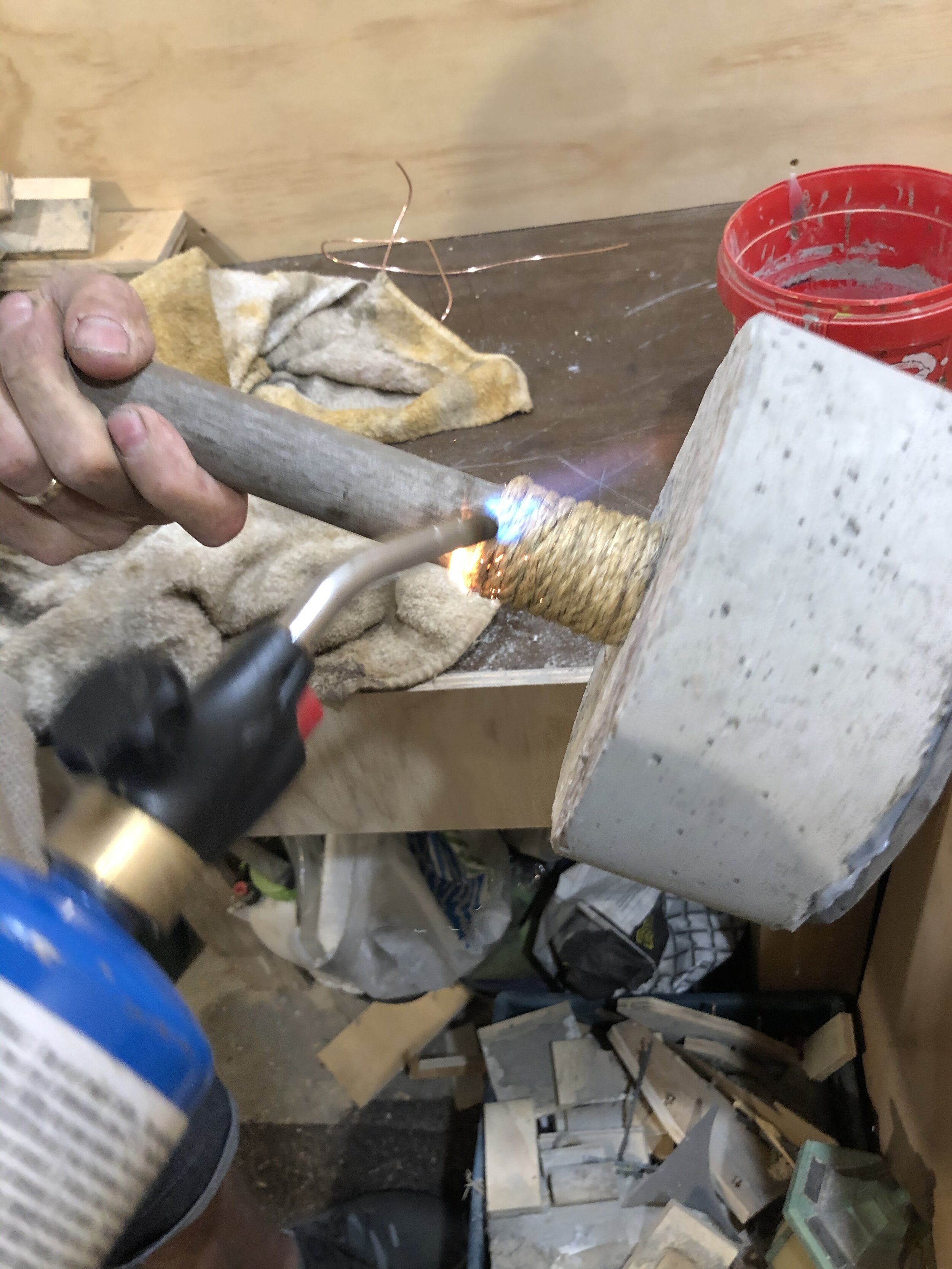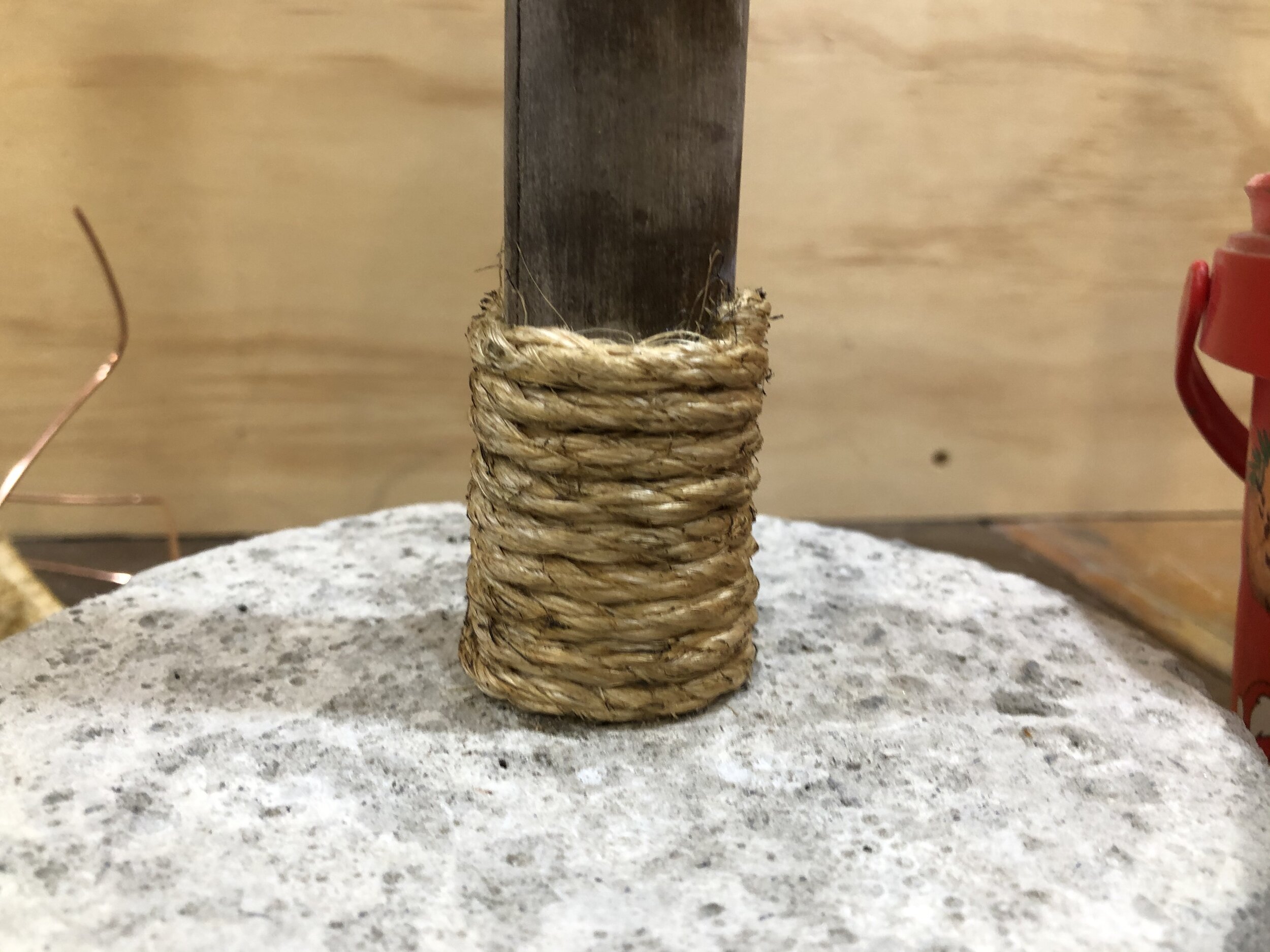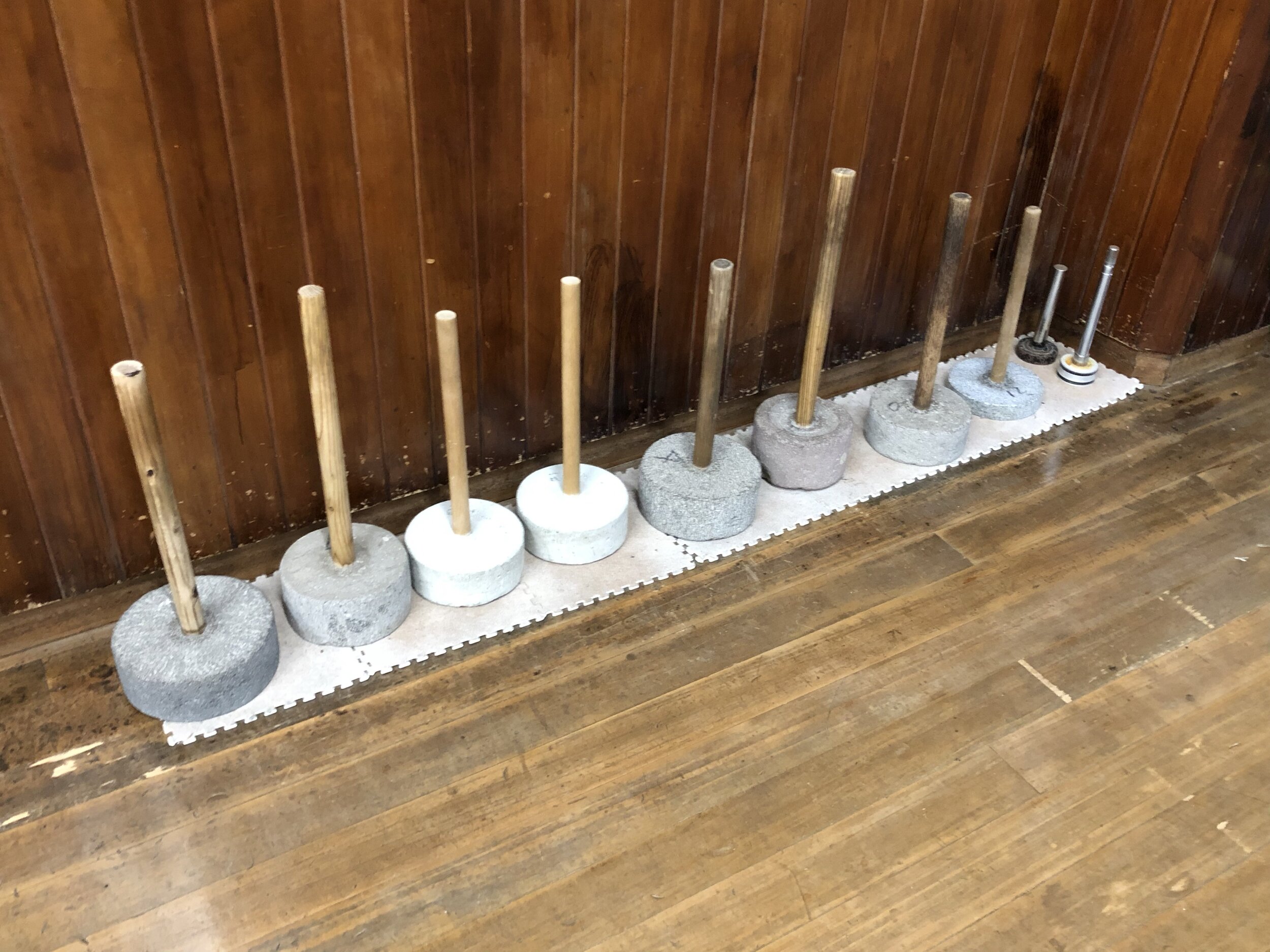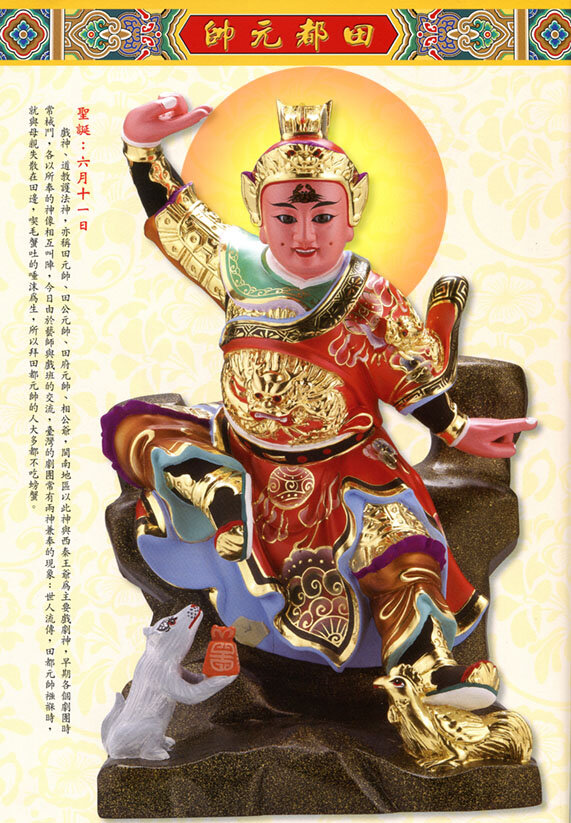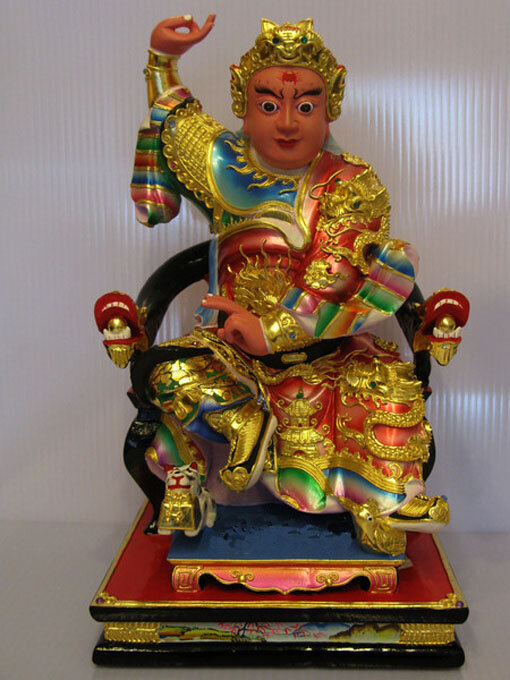We all know the importance of bunkai in karate, but recent discussions I have had with various sensei at the Jundokan So-Honbu Dojo have spurred me into writing down a few ideas that are often overlooked in bunkai training.
Have you ever heard the phrase: “This is the bunkai for this technique”?
It is a statement denoting the sole existence of a single, pre-determined form for each technique in a kata, but is this really possible? And, most prudently, is this really that practical?
Granted, there is kihon (基本, “basic”) bunkai, which one could argue to be a uniformed, textbook-like technique, but even within kihon bunkai there is variation. The phrase “kata doori” (形通り) meaning, “as the kata is”, refers to applying a set of techniques on an opponent in the exact same way they are preformed in the kata. However, I was told recently that all bunkai, preformed as the kata is, can be applied on both sides of your opponent, inside and out. If at first it doesn’t seem possible, it’s up to you to work out how it can be done. In other words, even kihon bunkai, preformed as the kata is, has variation.
The term “bunkai” (分解) is widely translated by karateka as “application”, often heard in such statements as: “show me the application for the first move of gekisai”, for example. However, the term actually means to “decompose” or “take apart”, referring to the process in which one must research and analyse the techniques of the kata to apply them in practical situations. Thus, while I don’t think the term ‘application’ is necessarily bad, I do think it is often incorrectly interpreted.
To put it best: bunkai is situational. We’re applying the techniques to the situation at hand. Naturally, every situation is different: your opponent could have different sizes, strengths, weaknesses, experiences, and abilities. Bunkai is thus the process of applying the techniques of a kata to a particular and individual situation.
It stands to reason, then, that there can be no single bunkai for each technique in a kata that can be applied by anyone to anyone.
What works for me against one opponent may not work for you against the same person and vice versa. Similarly, what works for me against one opponent may not work against another.
This is where certain (not all!) practitioners of renzoku bunkai, rehearsed and refined to the extent that techniques becomes muscle learnt and rhythmic, often fail to grasp the true purpose of what they’re doing. When a bunkai becomes so drilled in one particular manner, it becomes extremely difficult to adapt those techniques to a different situation. This has sparked a recent shift away from renzoku bunkai in some dojos.
At the end of the day, it’s all about adaption. Adaption to the person you’re fighting, and to the situation you’re in.
I have been lucky to receive a lot of one-on-one training at the Jundokan So-Honbu Dojo with some of the best, most forward-thinking practitioners in Goju-Ryu today. And during these sessions, it is interesting to note that each sensei will often show different bunkai for the same technique (even when considering kihon bunkai). Is this because they cannot agree on what the ‘one correct’ bunkai is?
Of course not.
It is because they’re all different, and thus all react to me (as their opponent) differently. Some are shorter than me, some are taller; some have less arm reach than me, some have more; some are bulkier than me, some are slimmer. However they read the situation and present their bunkai to combat me as their opponent. And this is how bunkai should (/must!) work.
It’s not about (force-) fitting a fixed set of bunkai to every situation, and trying over and over until it works. It seems impossible that one could make a single form of bunkai work on all opponents in any situation.
While can learn an enormous (indeed, endless!) amount of bunaki from our Okinawan sensei, what I believe they are really teaching us is different ways to think about our own bunkai, and to look at how to apply said bunkai in various situations. And whilst there is certainly value in copying them technique for technique, and practicing that over and over, at the end of the day, what we are learning is a blueprint - a basis from which to think about, and develop, our own bunkai to use in diverse circumstances.
Bunkai training is about diving deep into the kata, analysing the techniques from multiple angles, and practicing with a range of partners: big, small, strong, fast, skilled martial artists and beginners, until you have built up a solid toolbox for each technique that can be applied in various contexts.
At the end of the day, you cannot predict the situation in which (perish the thought) you should ever need to use your bunkai in real life. Our daily training is about preparing our bodies and minds to adapt and apply the bunkai in whatever context.
And it is this research (i.e., applying the techniques of the kata and unraveling the hidden meanings so carefully constructed by the old masters) that is the ultimate goal of karate training.
The question, then, becomes: How should we train and develop our bunkai skills?
The answer, I believe, is through variation.
When we train bunkai, we should focus on:
Different opponents to alternate strength, height, speed, mass, and skill-level.
Of course, it is understandable that beginners may temporarily be taught a ‘single’ bunkai for each technique as an introduction to why we do kata, and to ensure that they develop a fundamental understanding of bunkai before building their own at a later stage.
But, at the same time, I think it is also important that they be told of the real way bunkai works so they can start thinking about it and, when the time is right, start developing their own bunkai prepossessing the knowledge of how to do so and why that is necessary.
To sum up, when practicing bunkai, it is necessary to take both the Japanese and English usages of the word into consideration: ‘analysis’ and ‘application’. Analysis of the techniques, hidden meanings, and myriad of ways in which they can be applied, and application of said techniques appropriate the situation and context at hand.
Bunkai (analyse and break-down) the way you do bunkai.
Analyse the way you preform your bunkai and vary it each time to different circumstances and situations. There is no “single” answer for each technique in the kata, and thus no single bunkai that can be used in every situation.
If we train with this in mind, and disregard the idea that we must all do the same unified bunkai in the same unified way, we will move towards a more self-fulfilling, productive training regime, and towards a more varied, practical toolbox of bunkai.
Blake Turnbull



